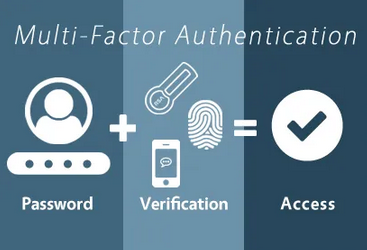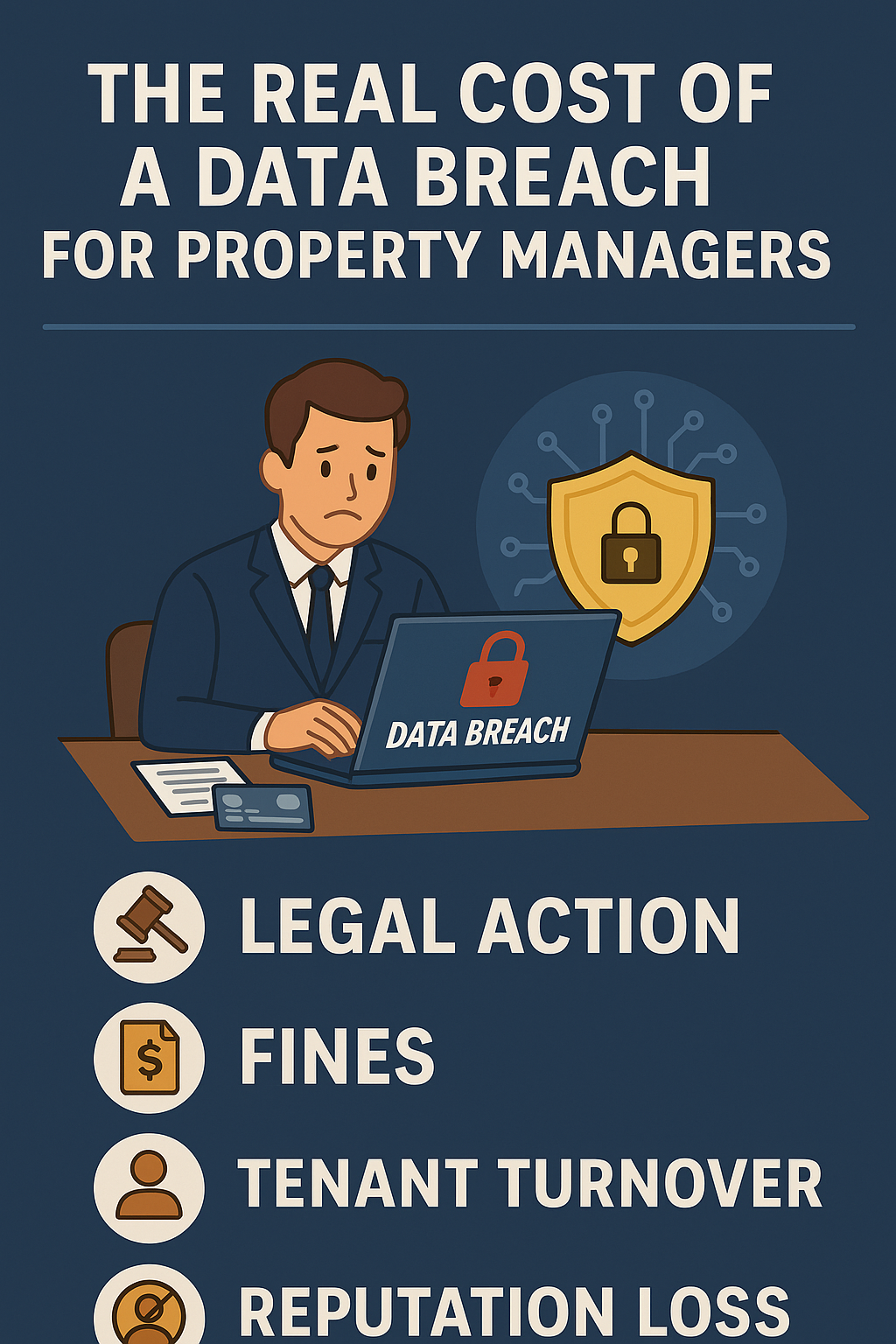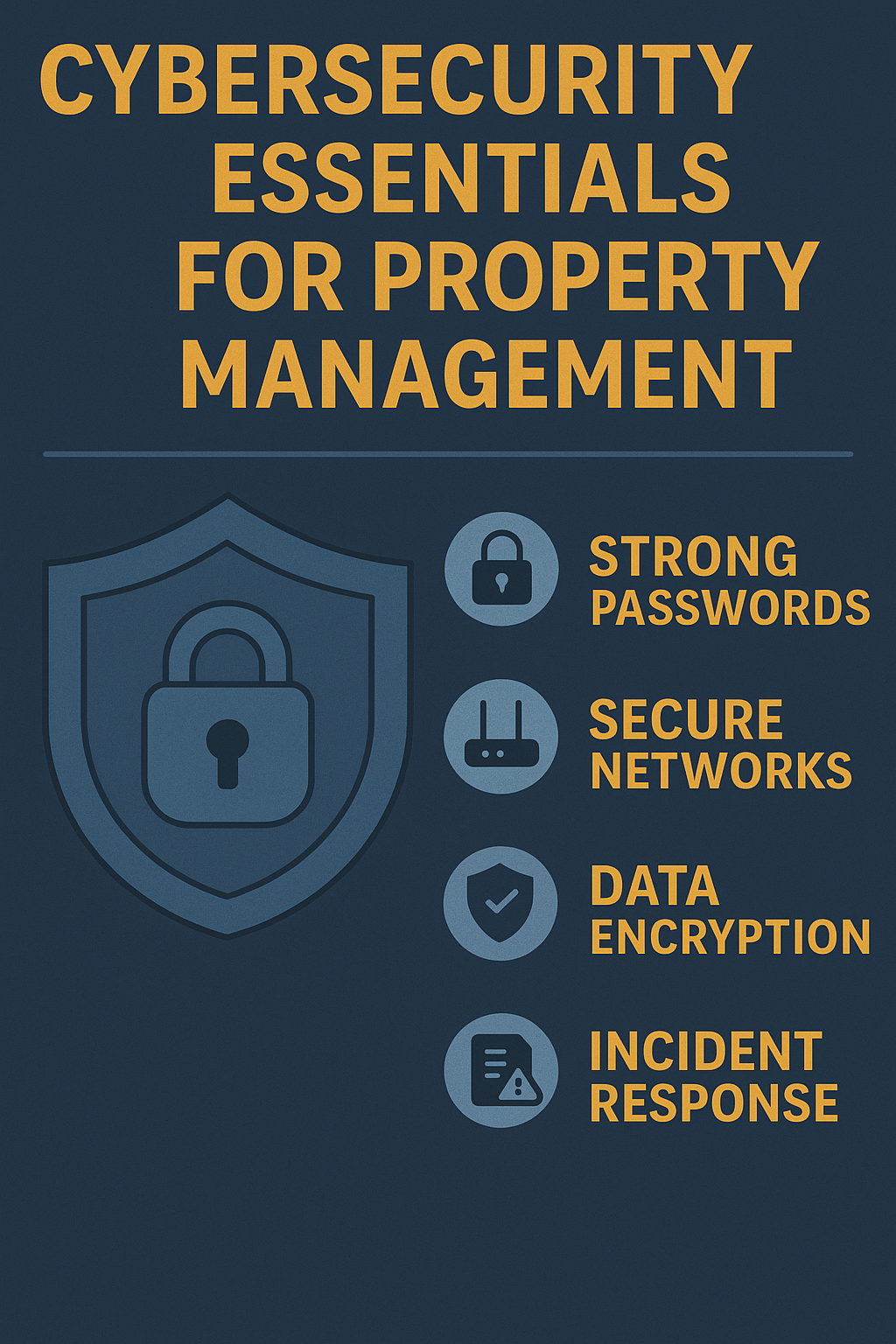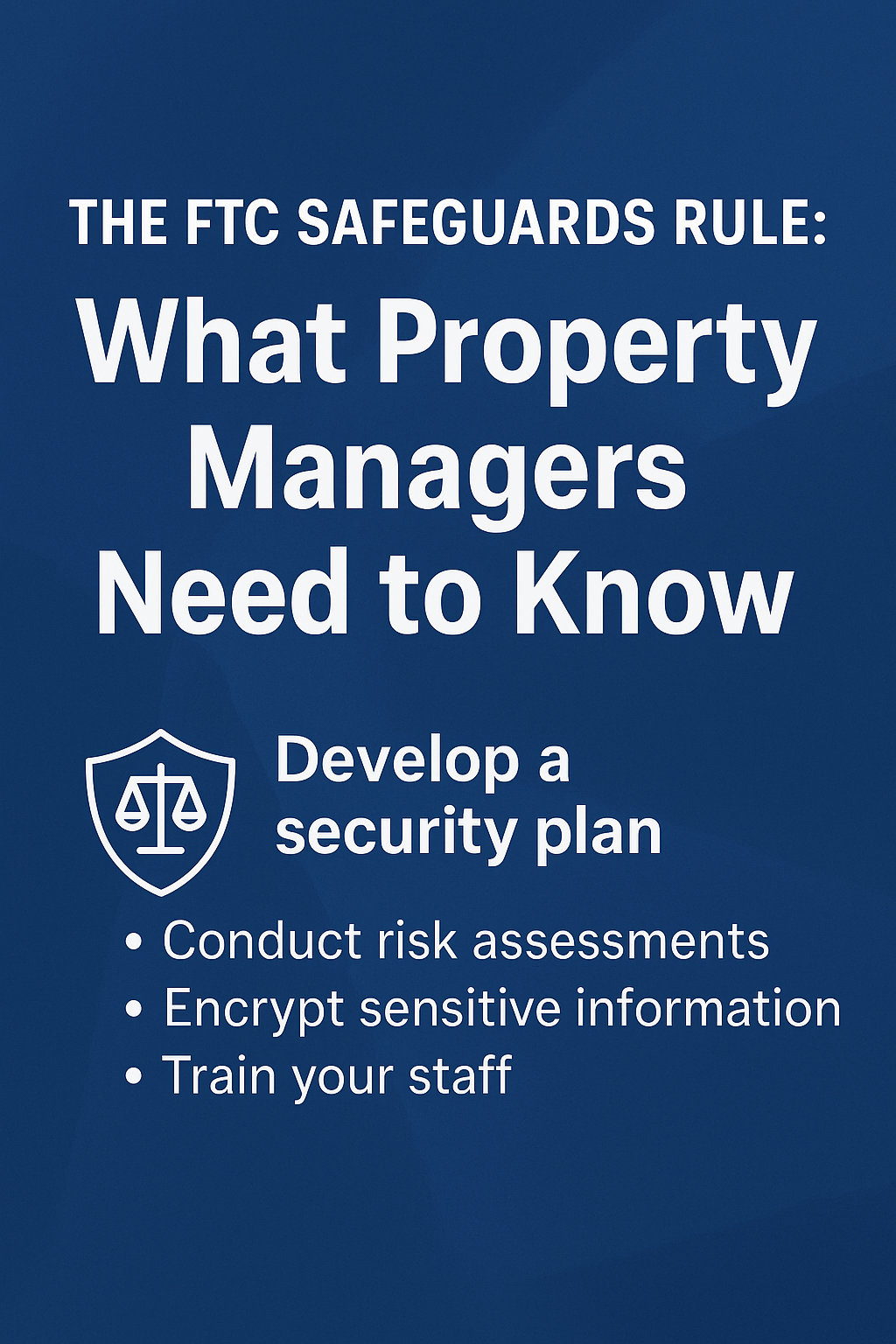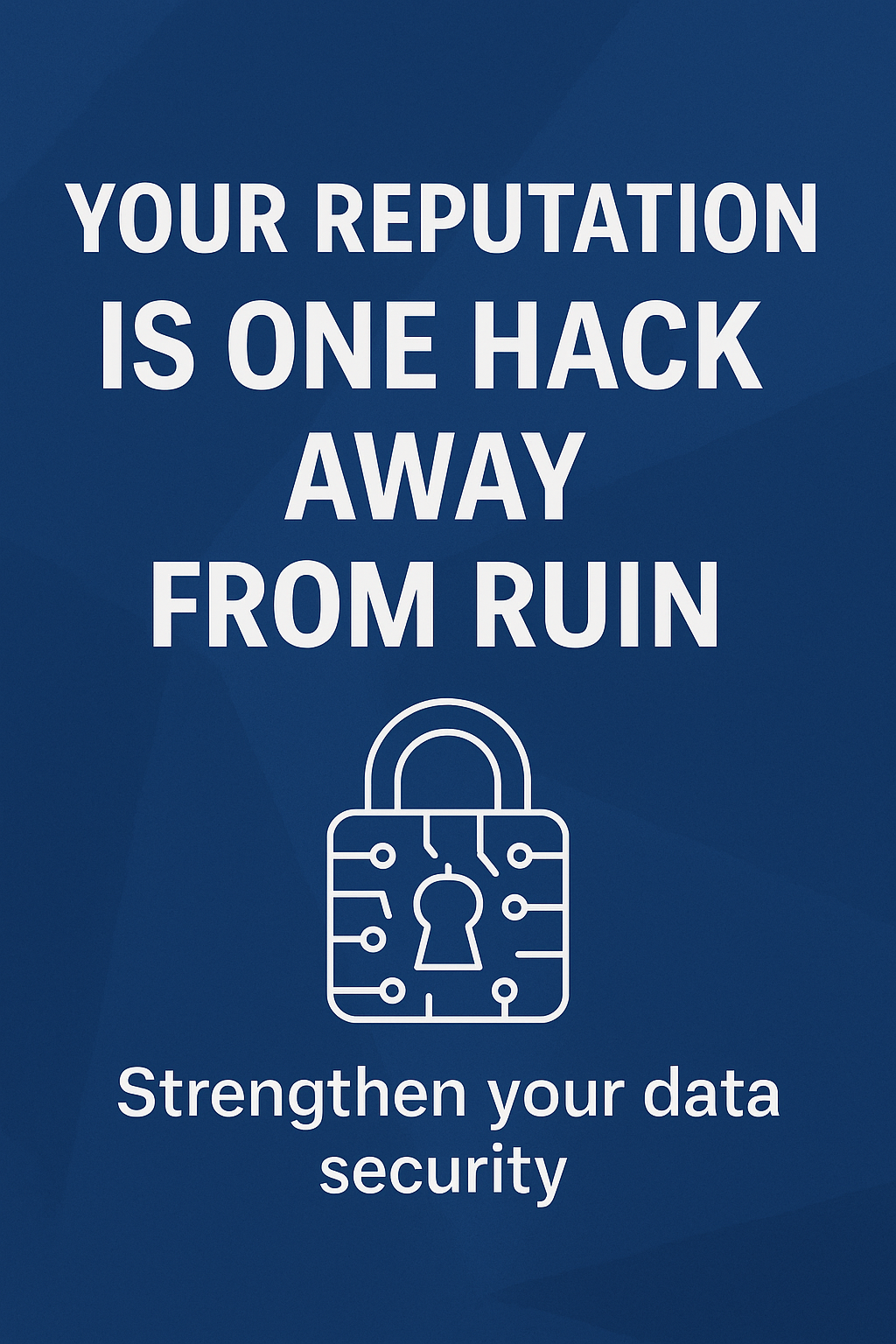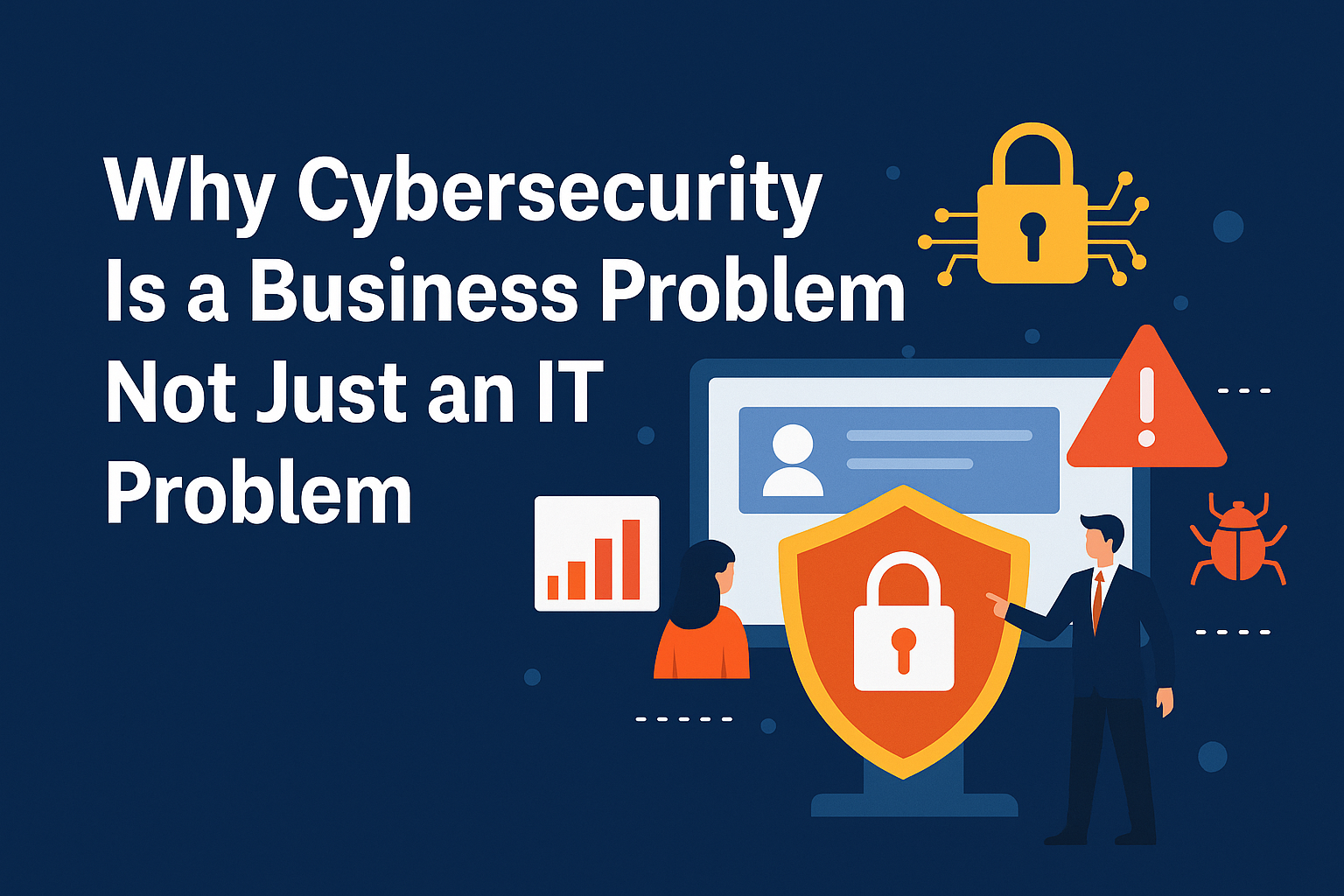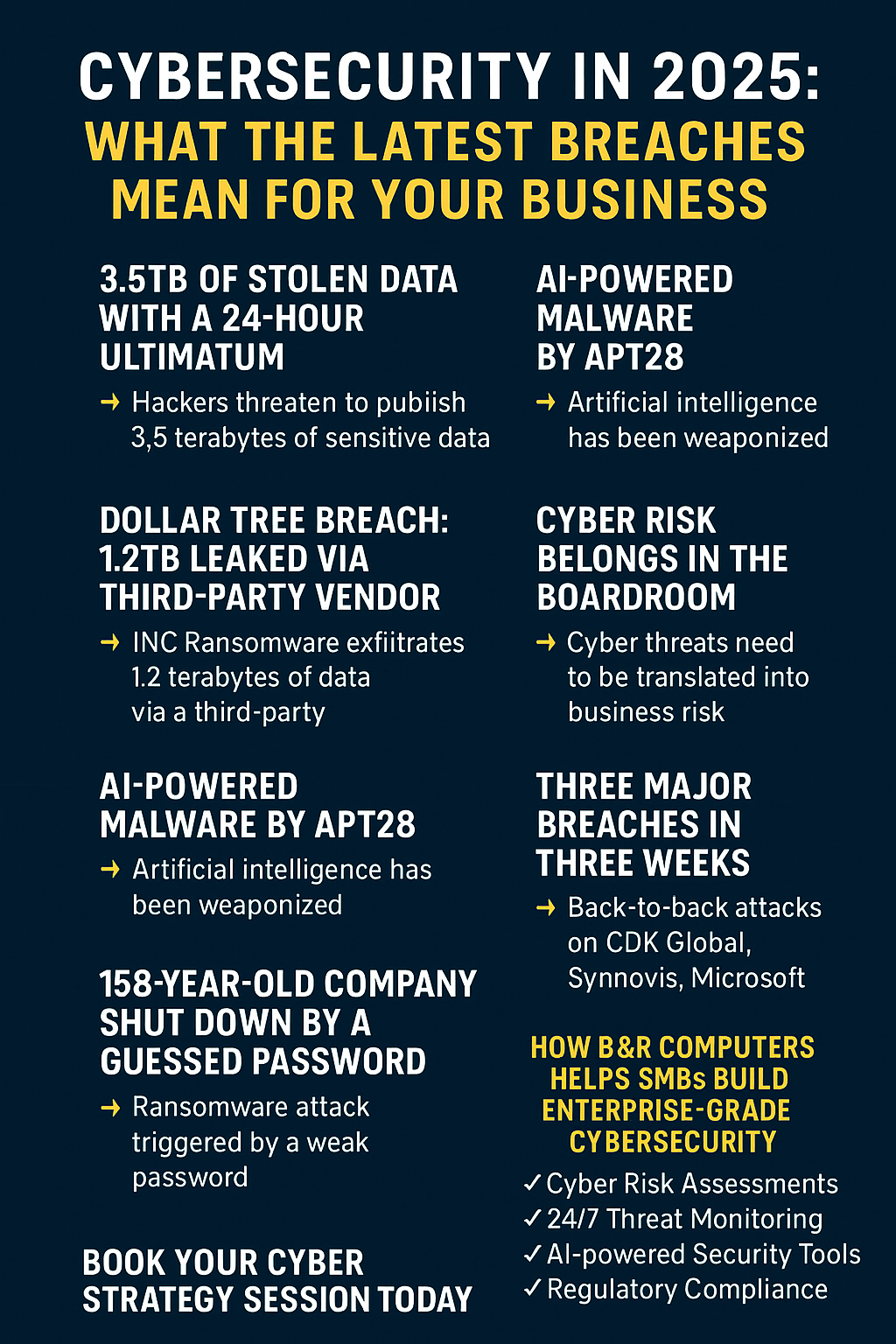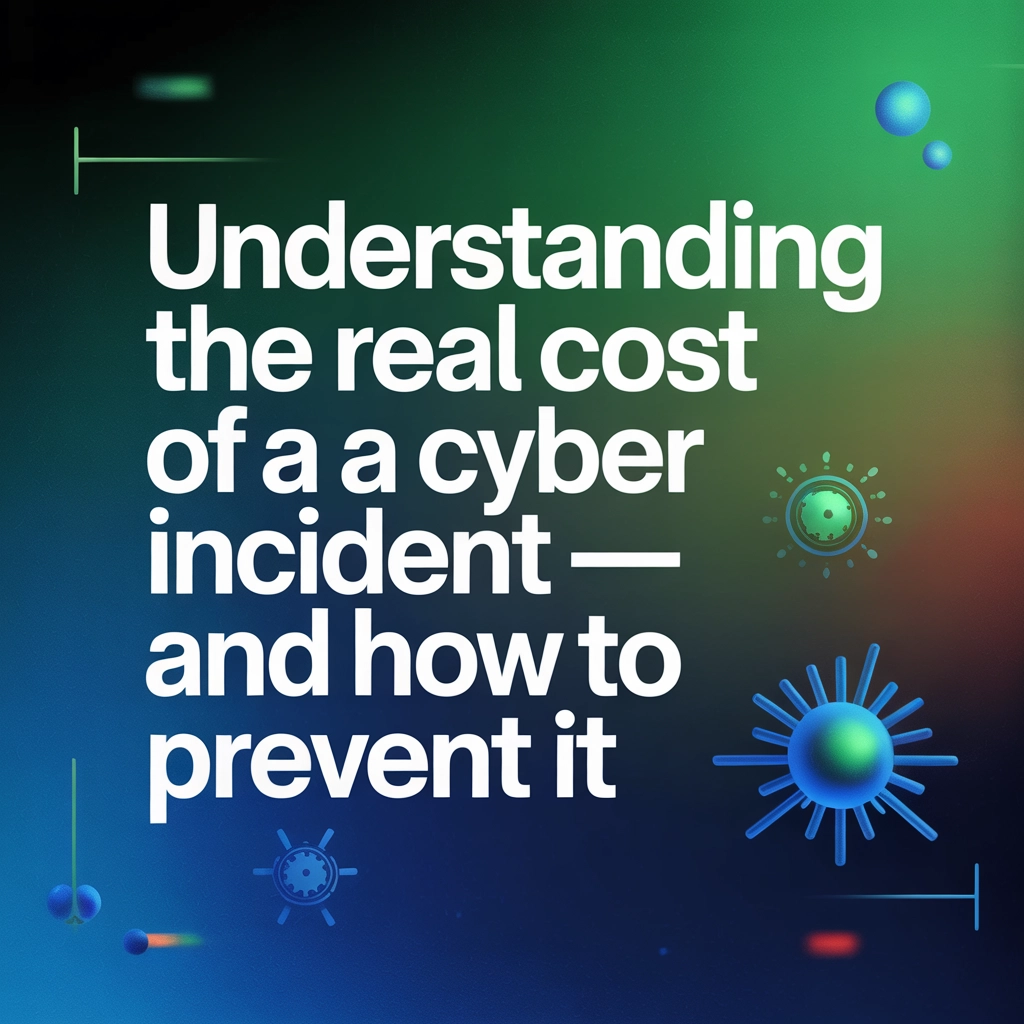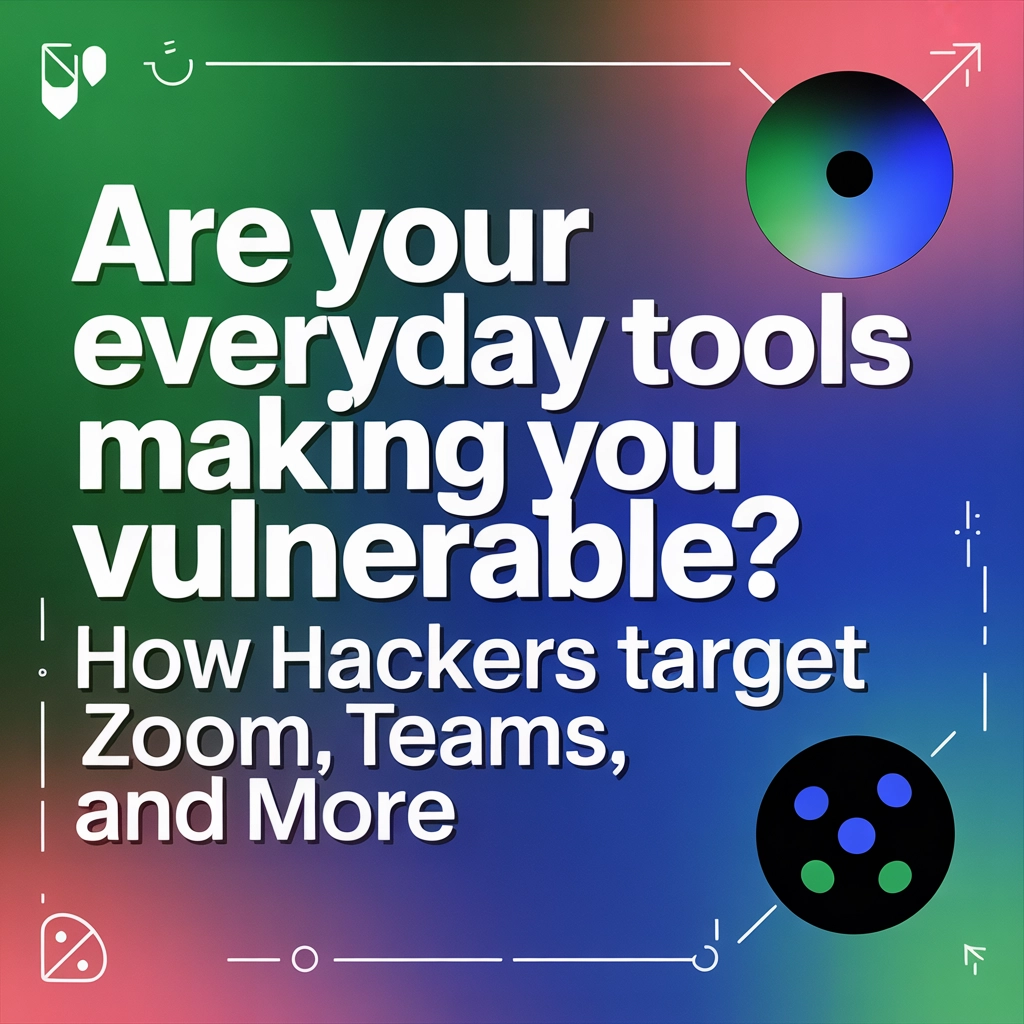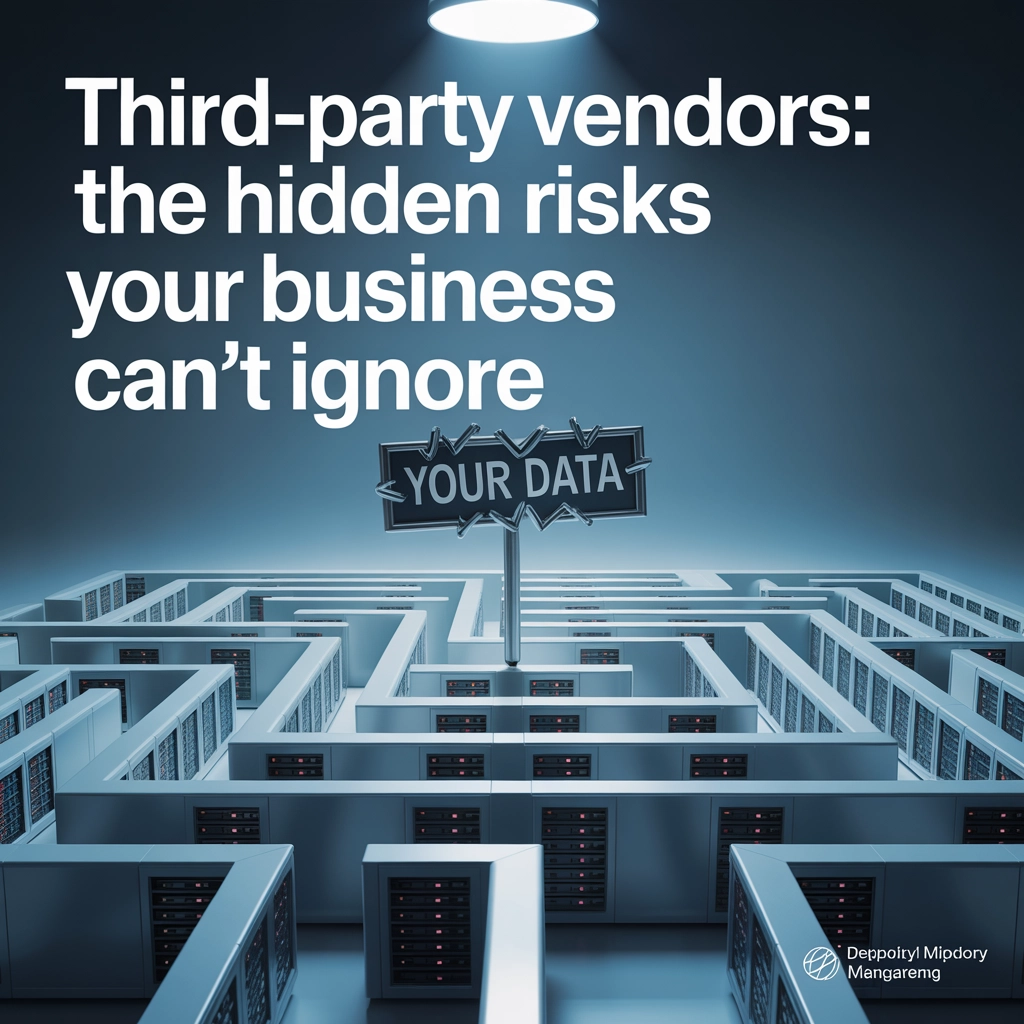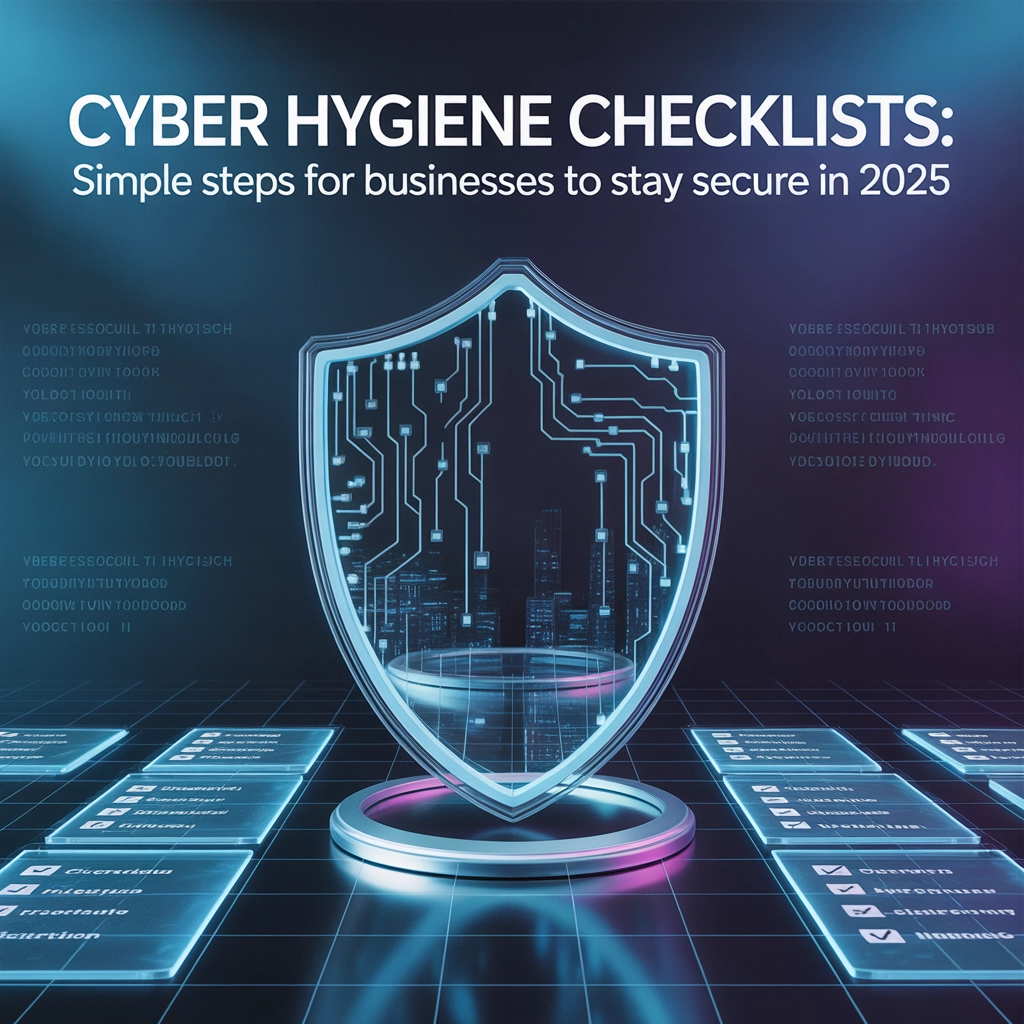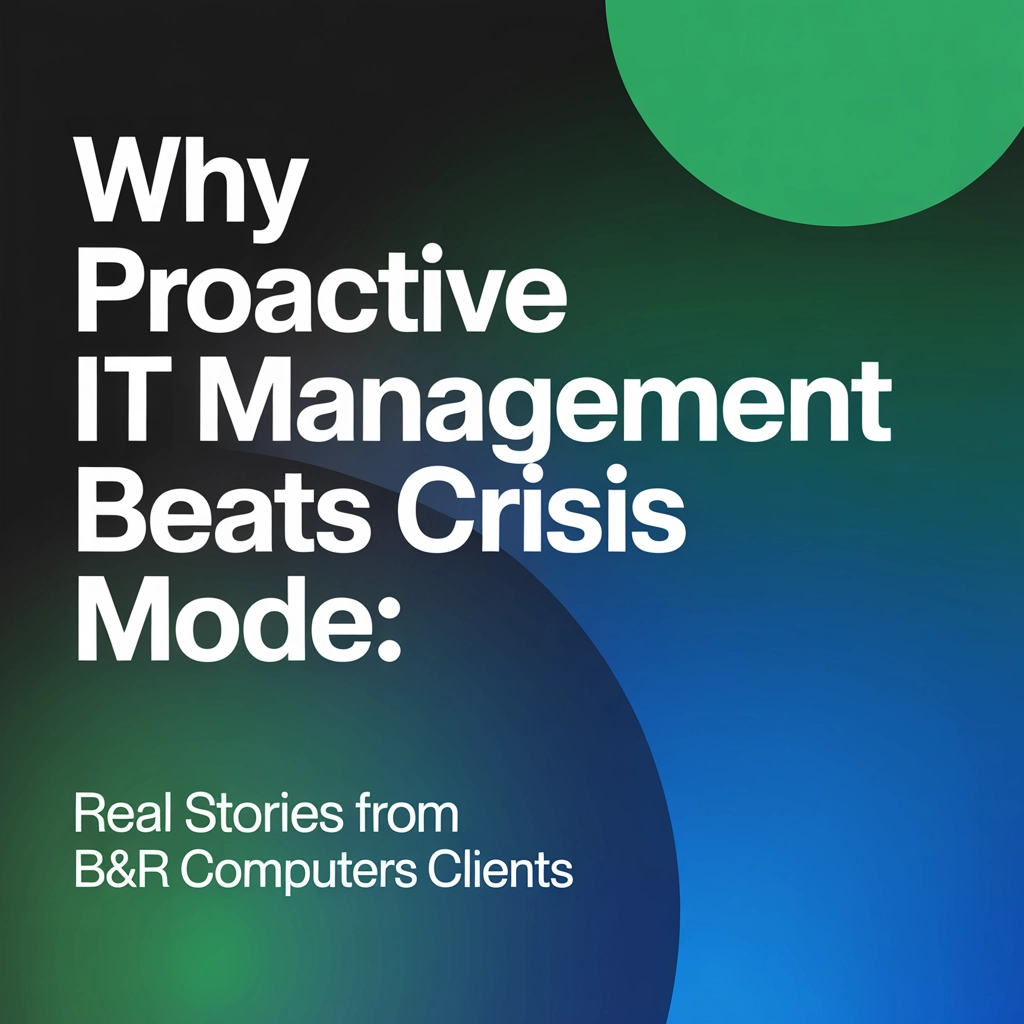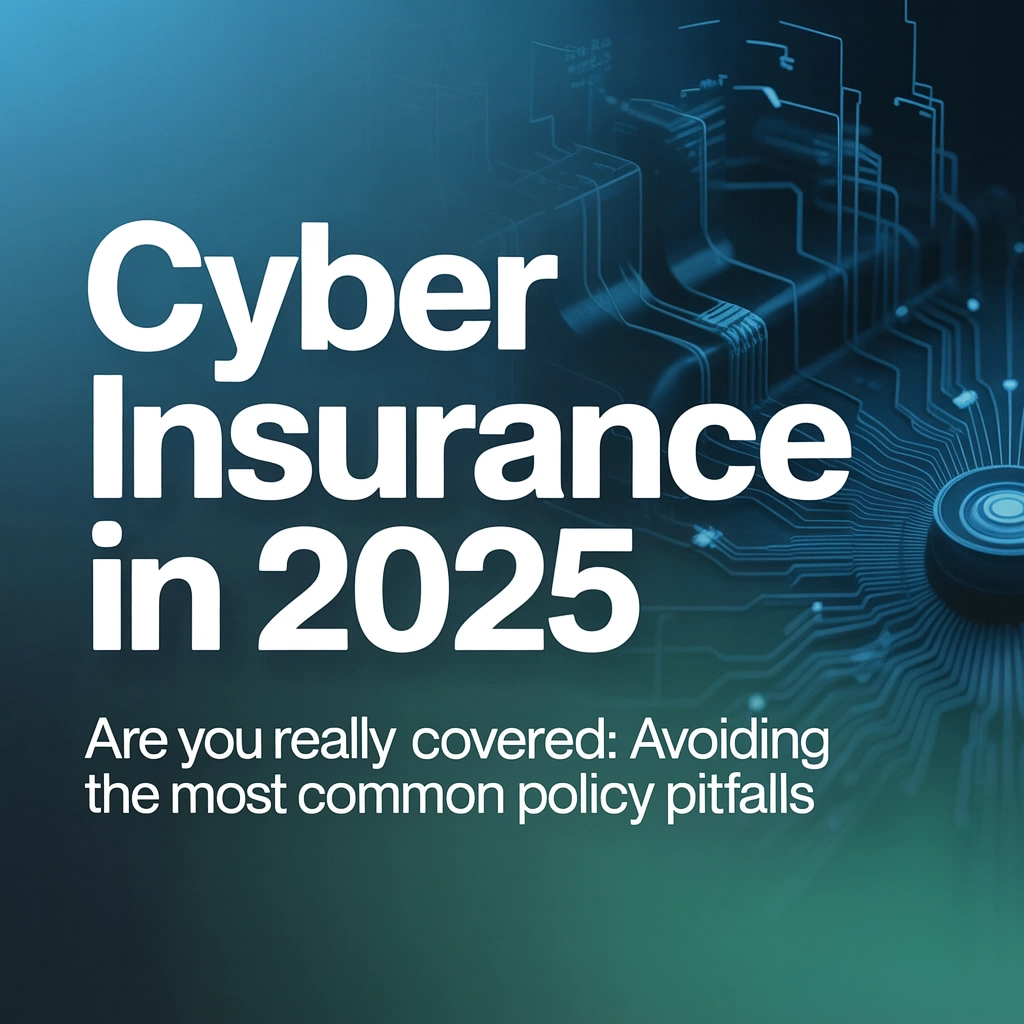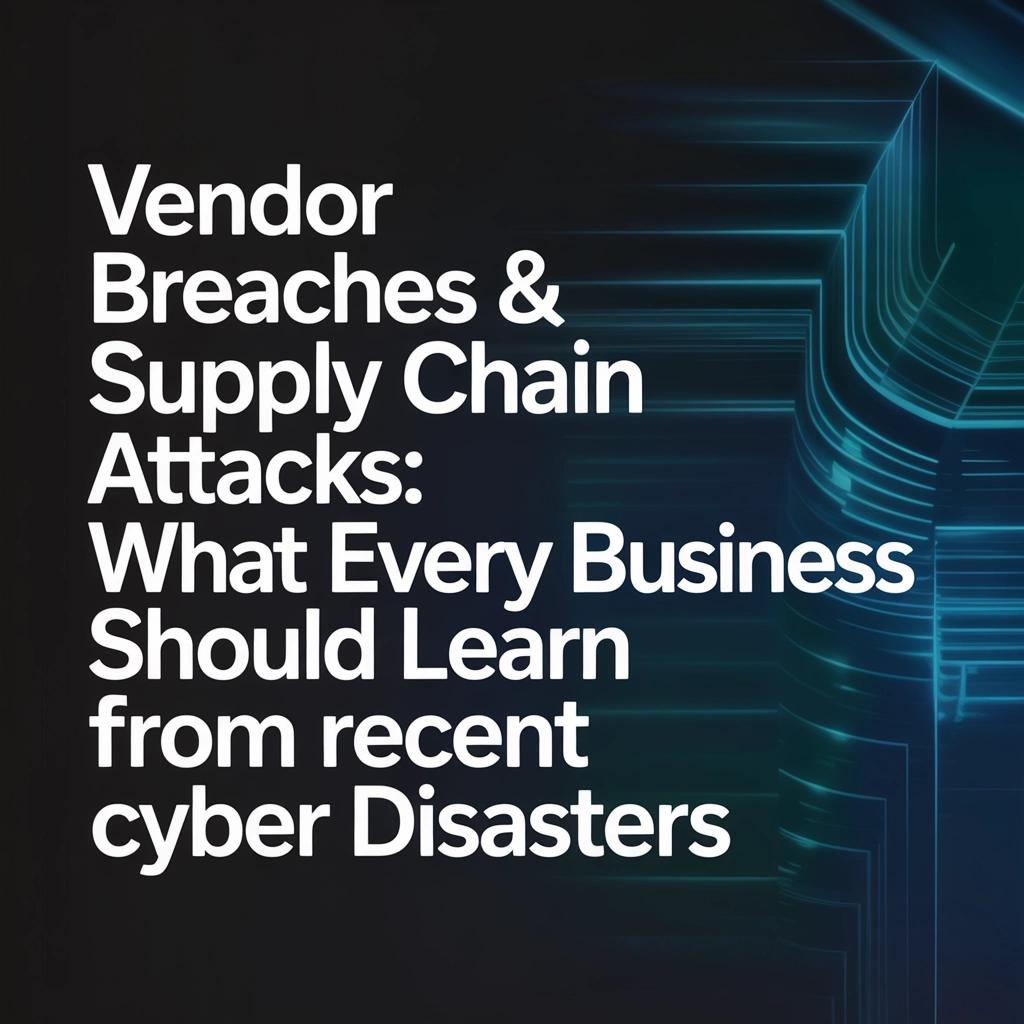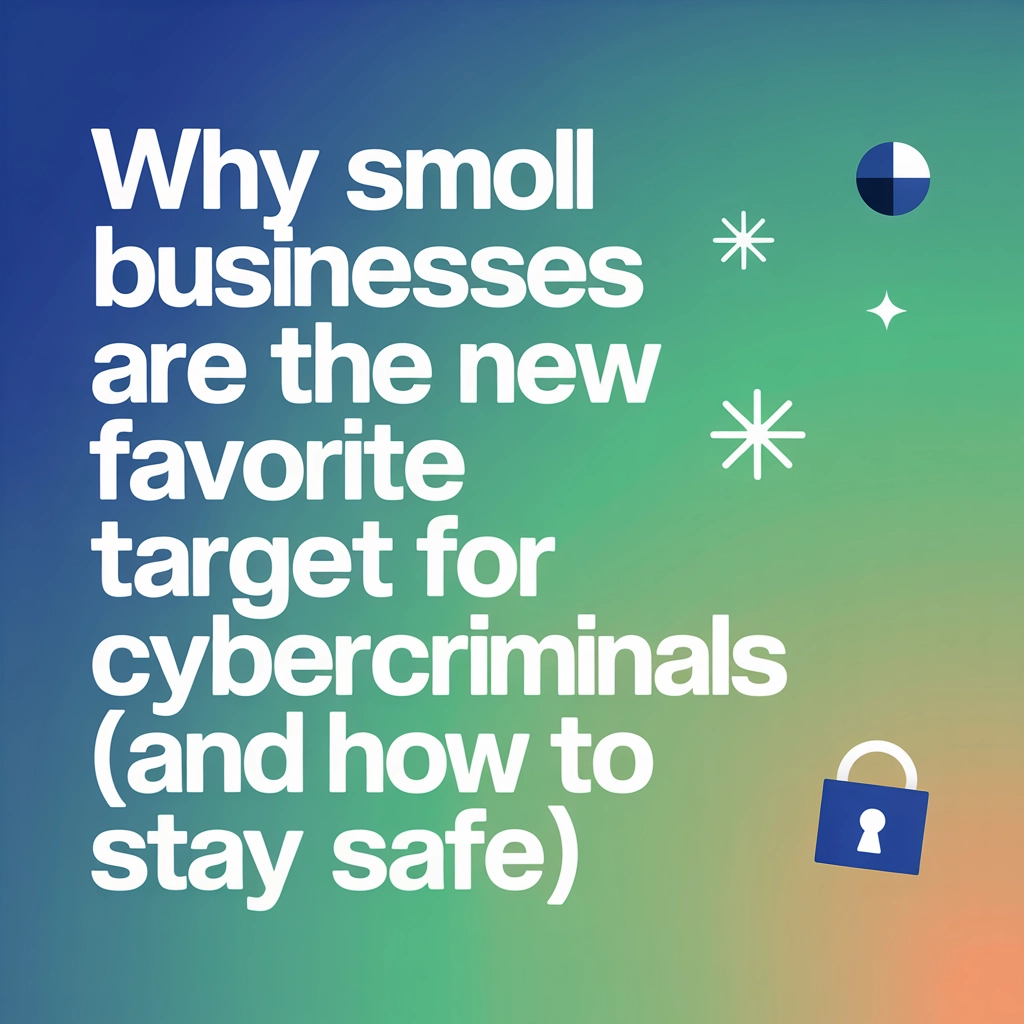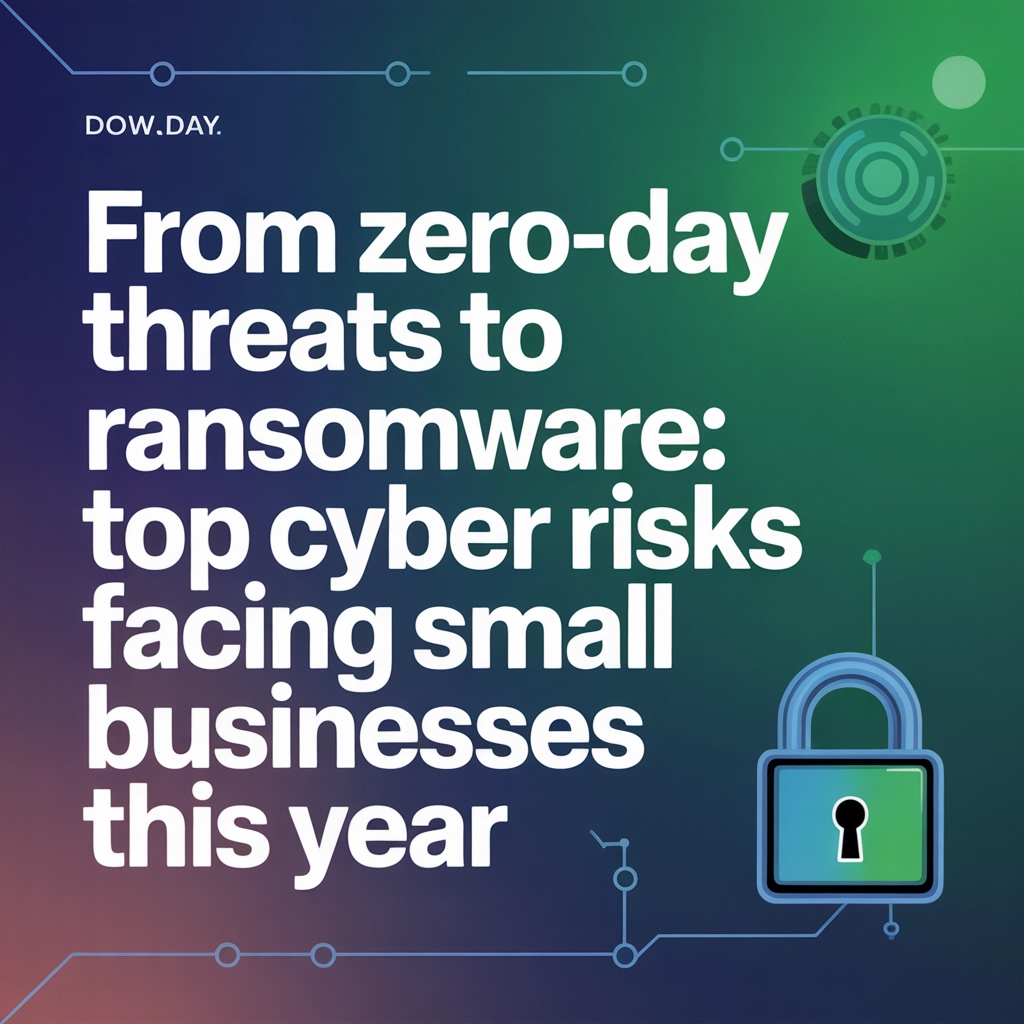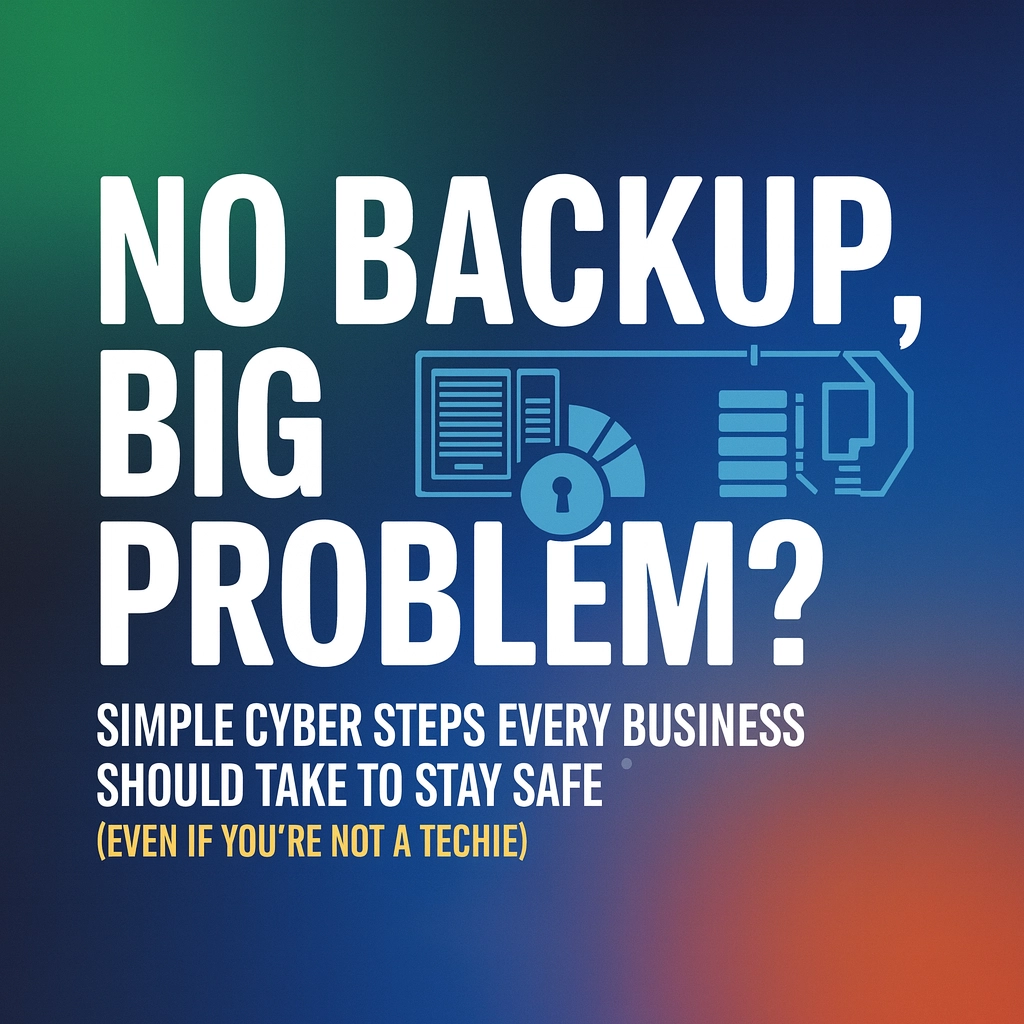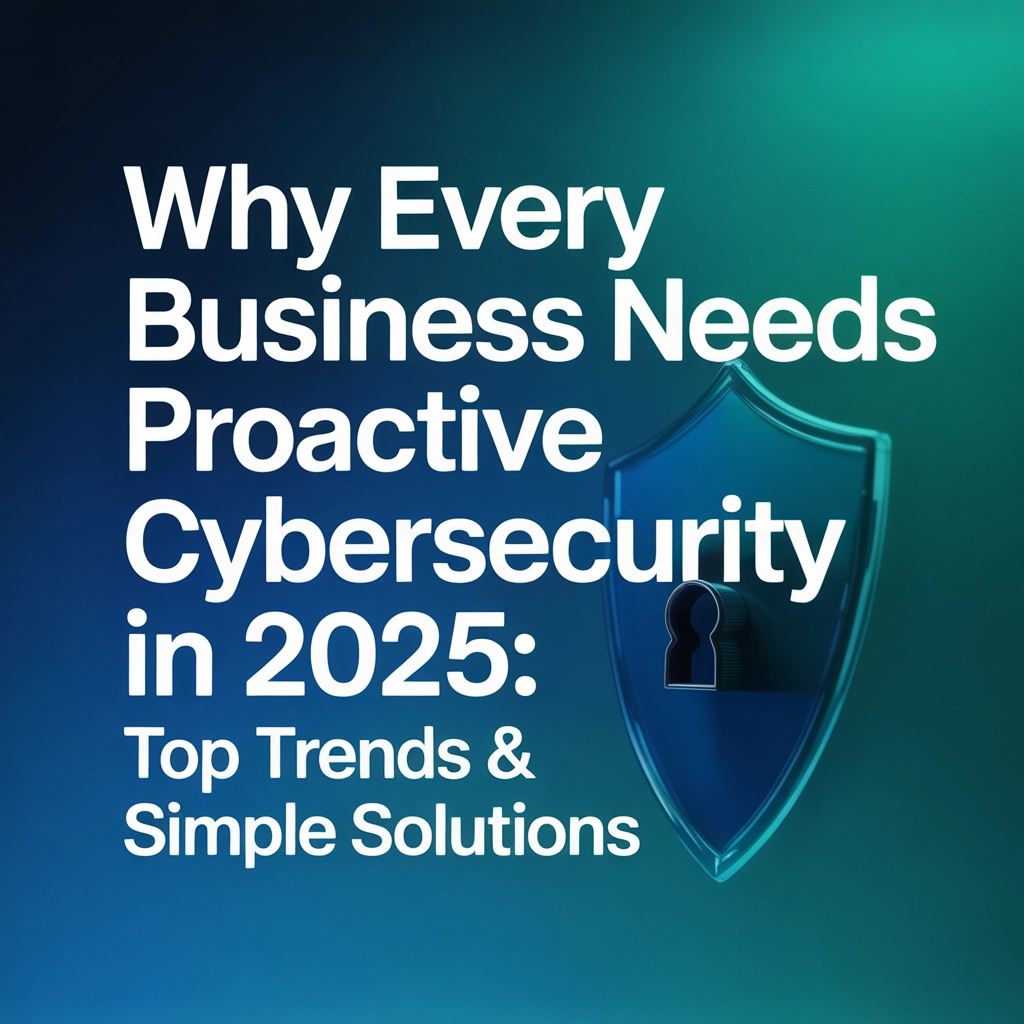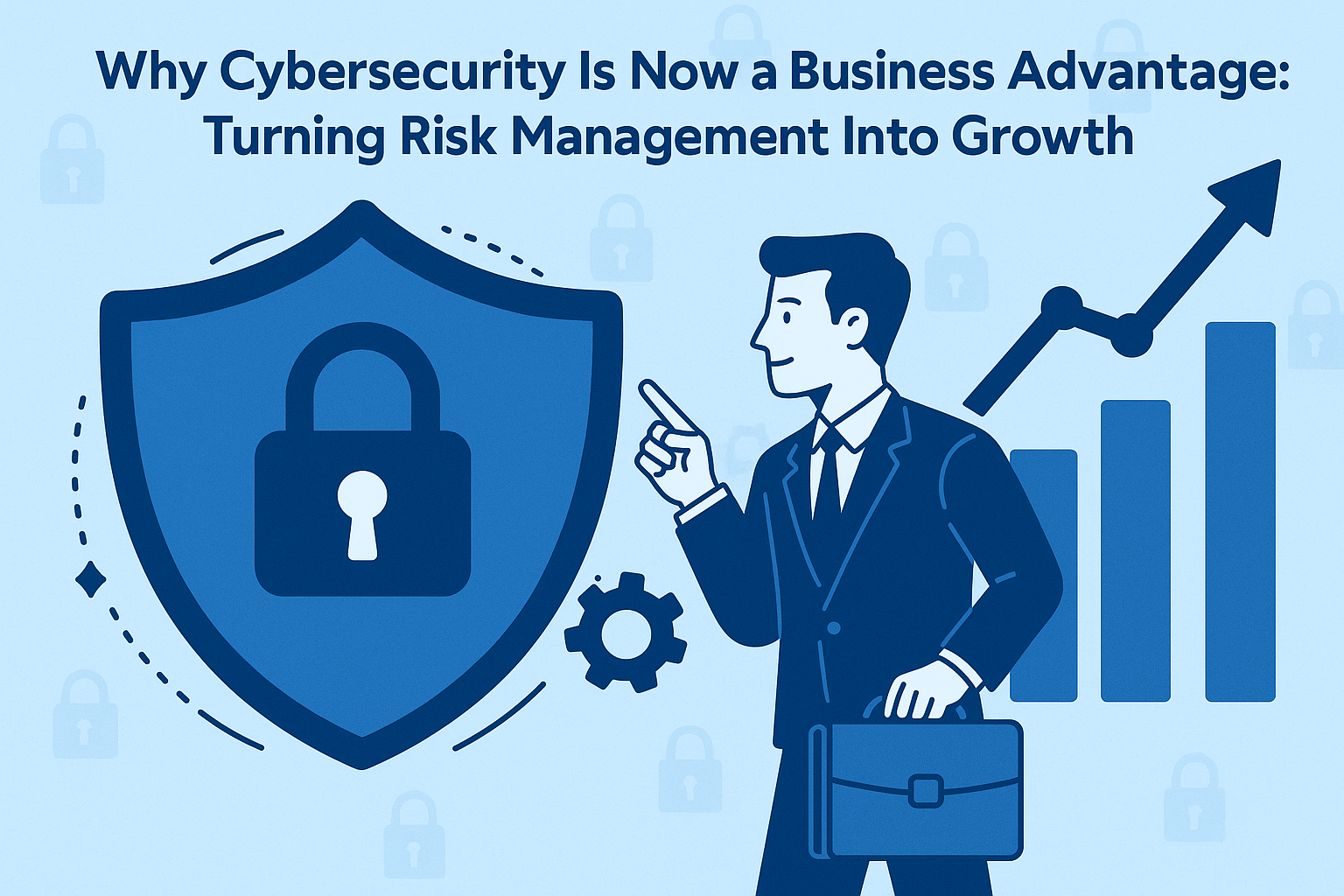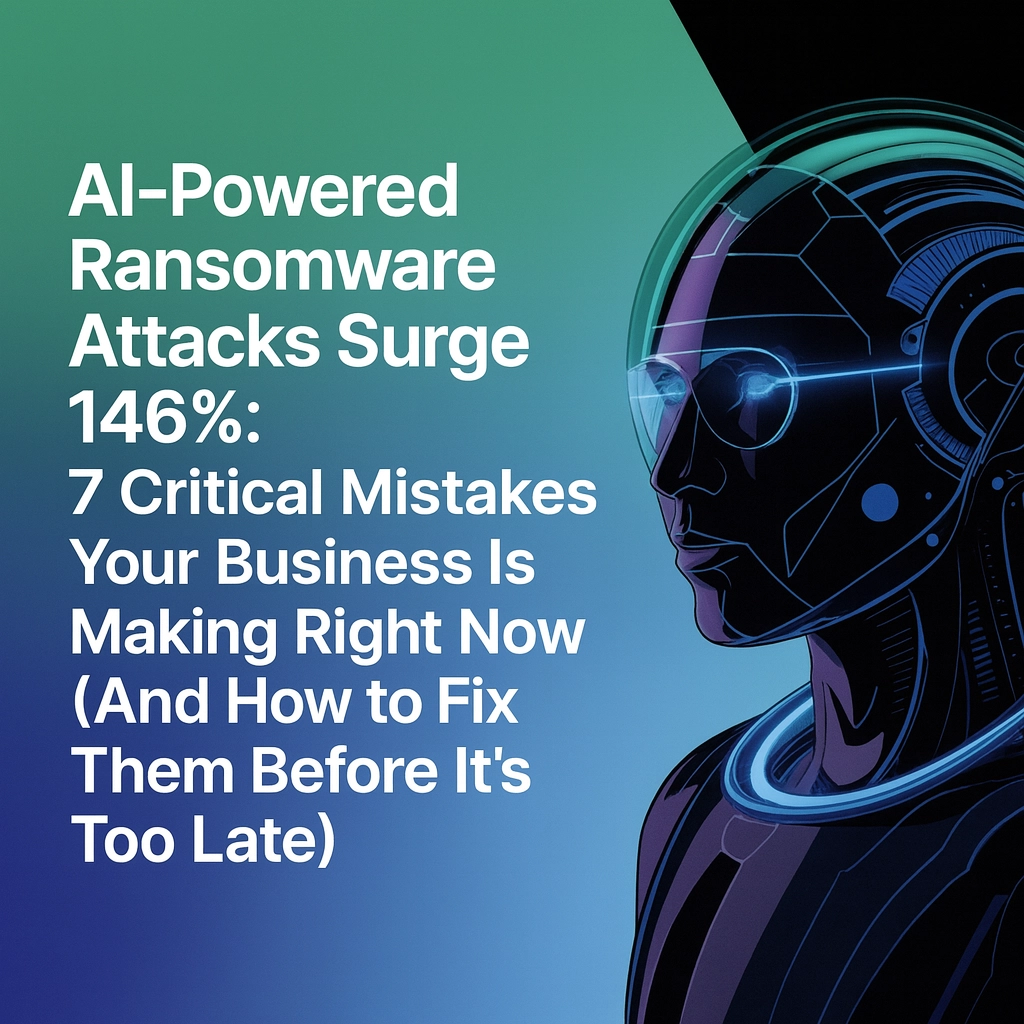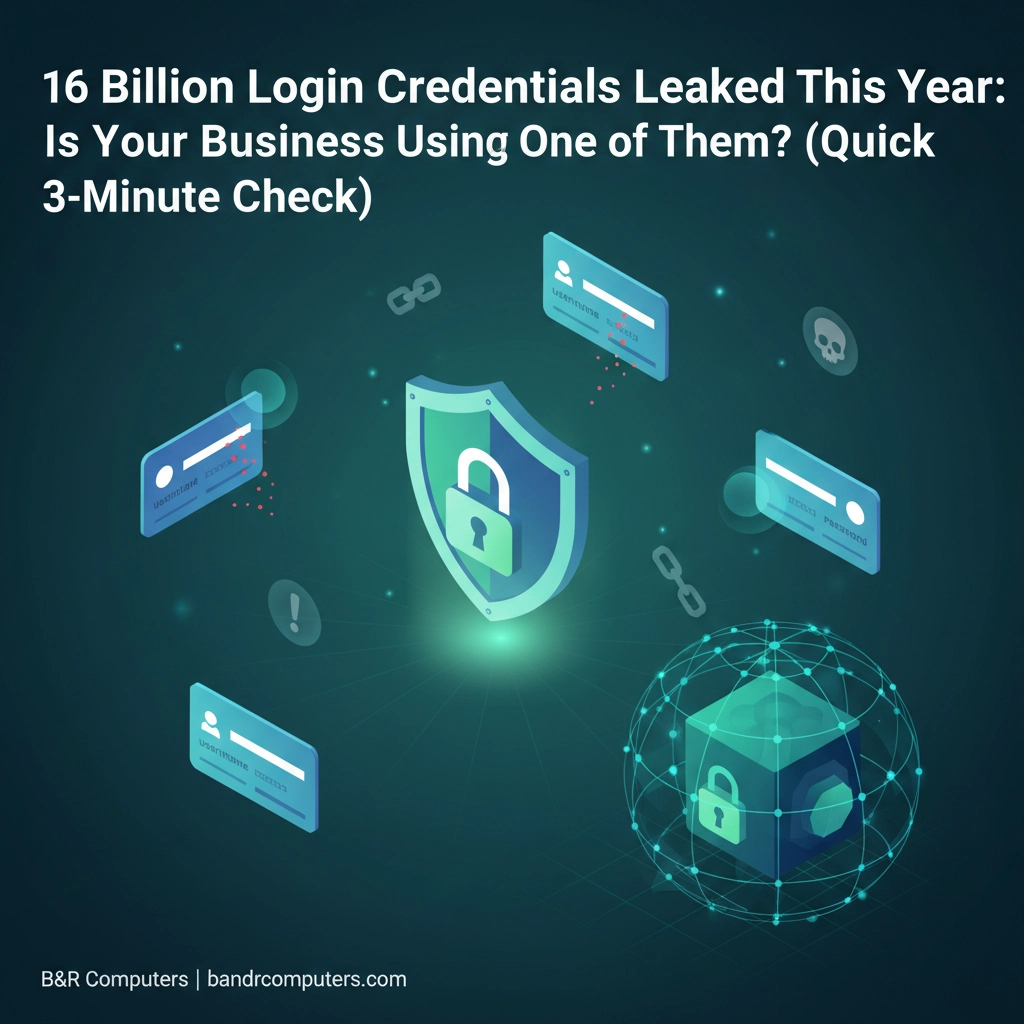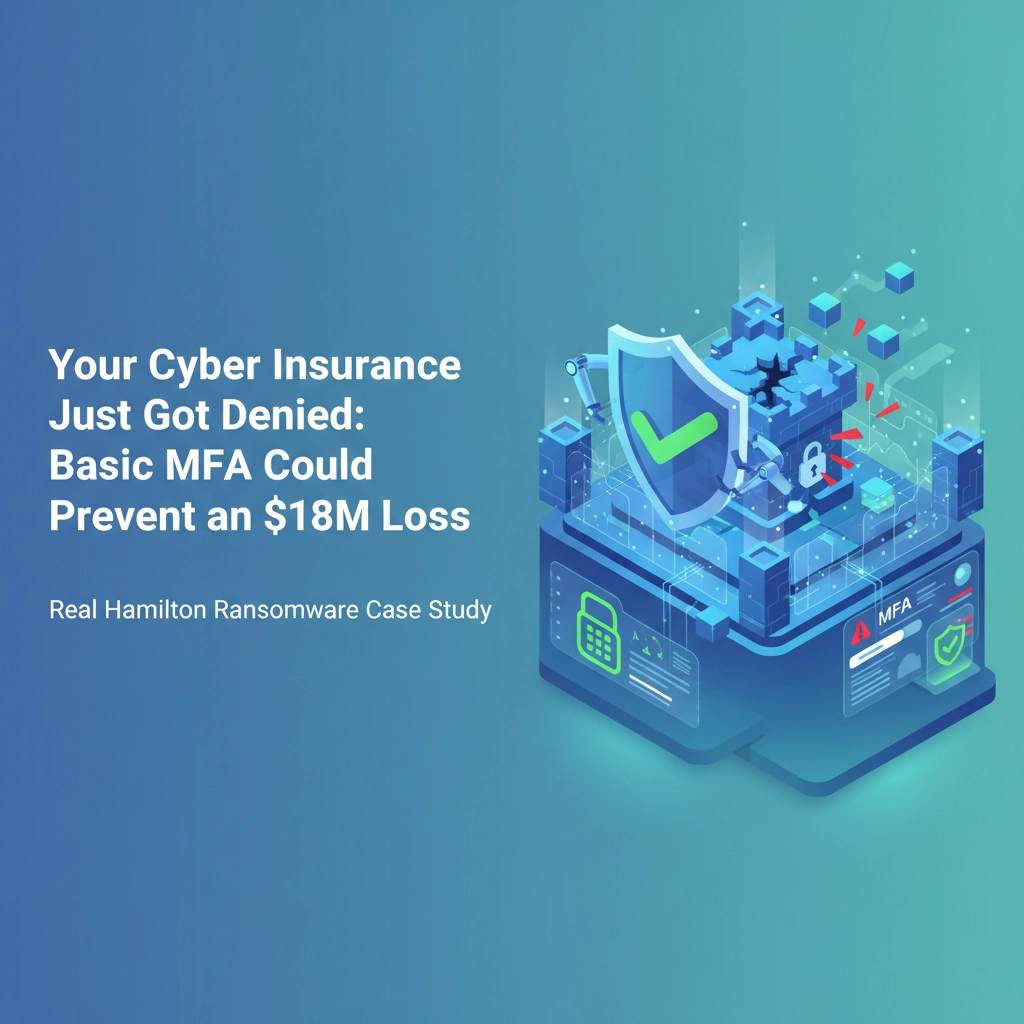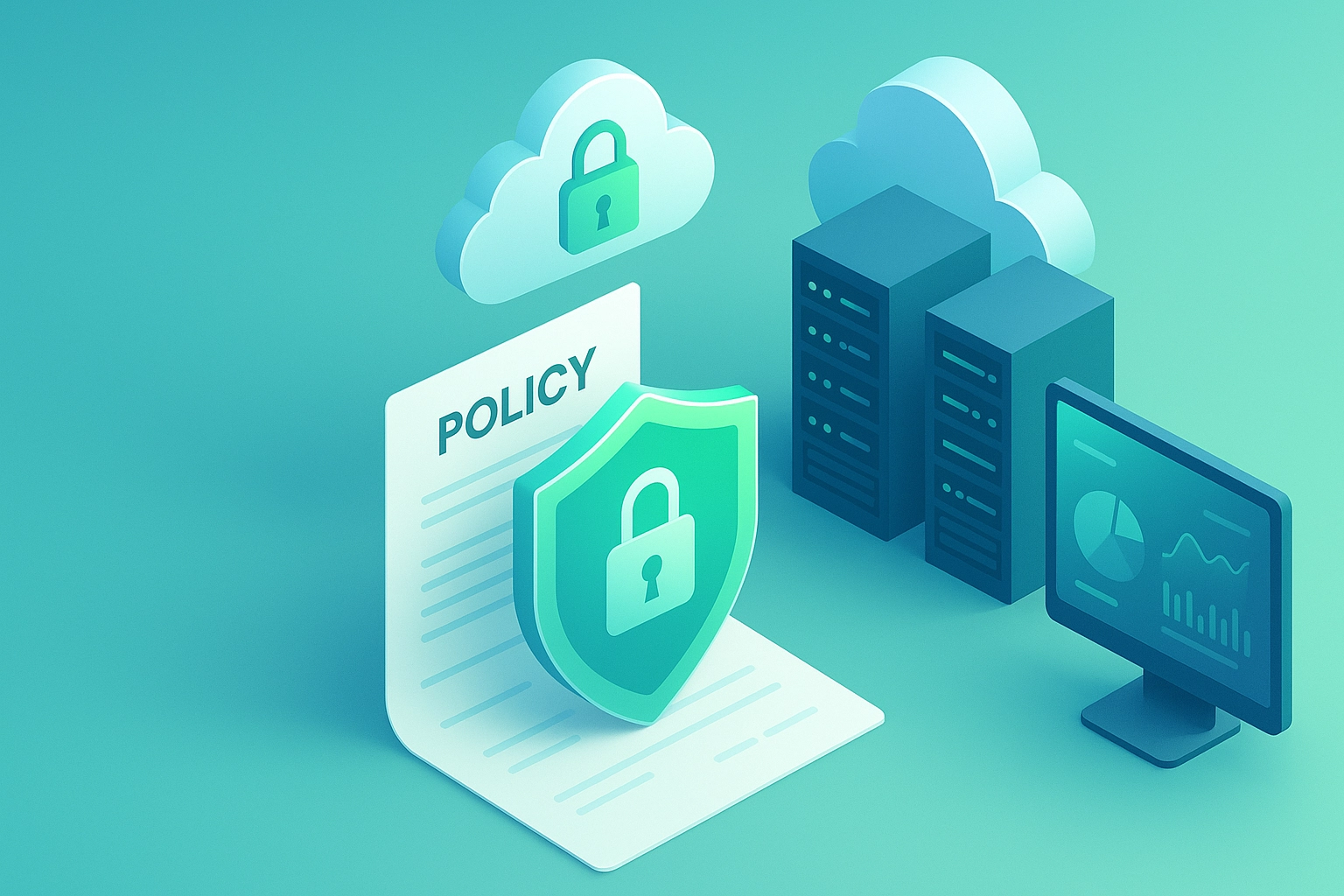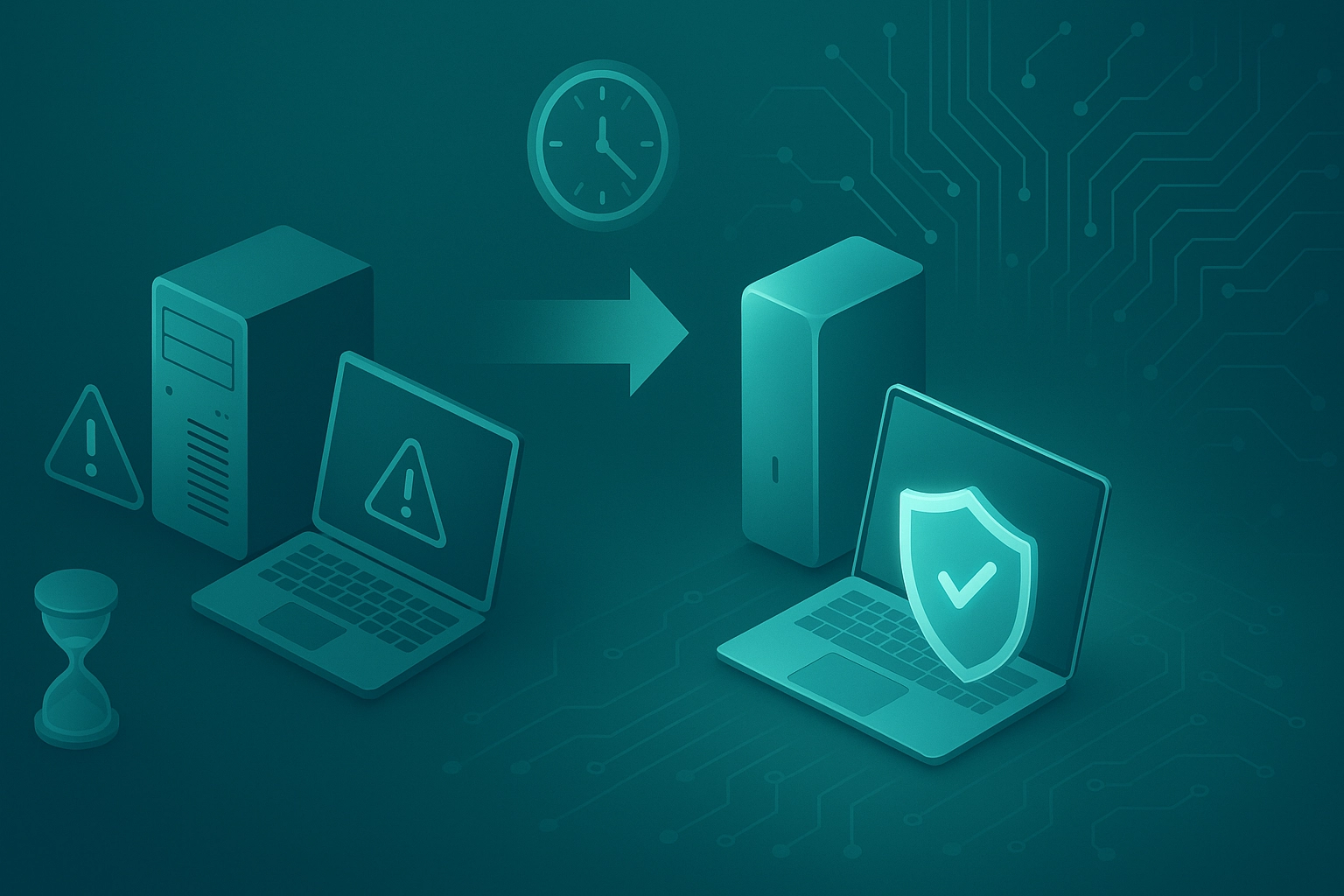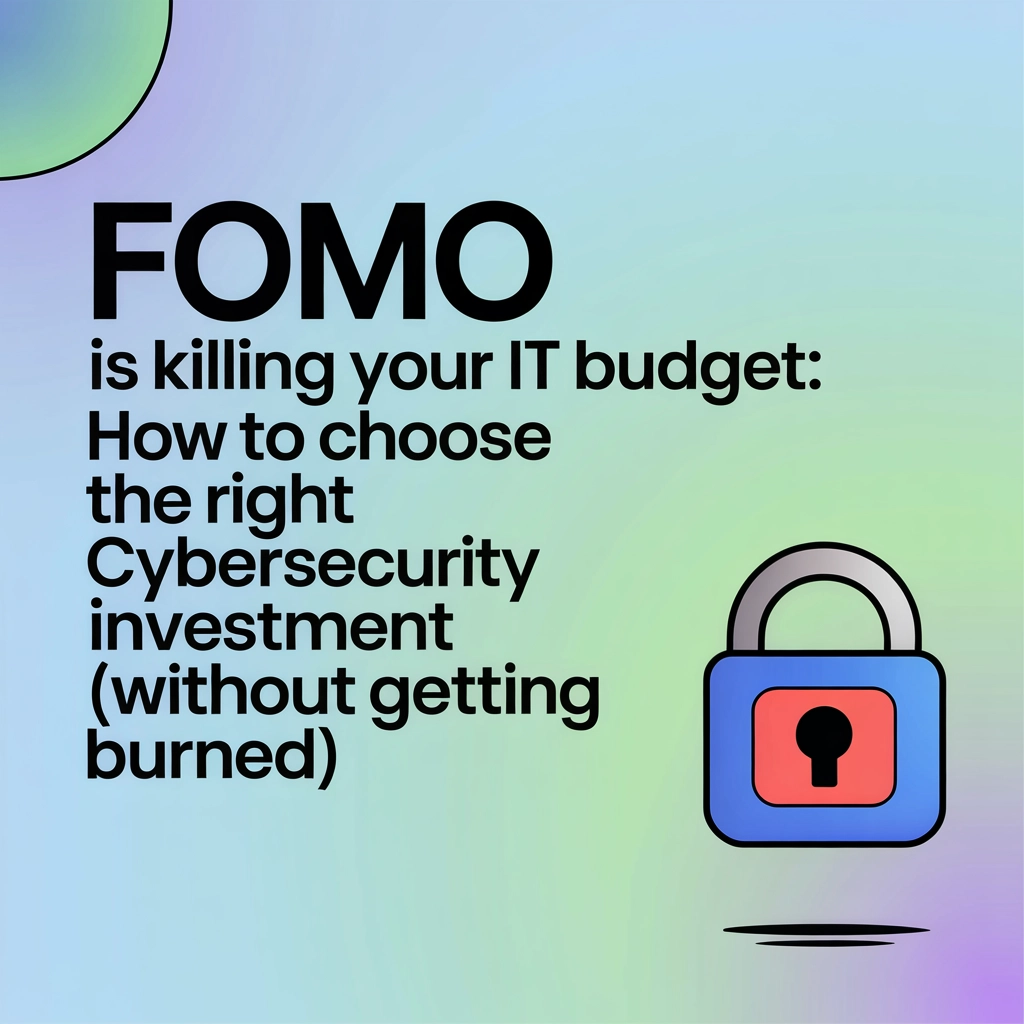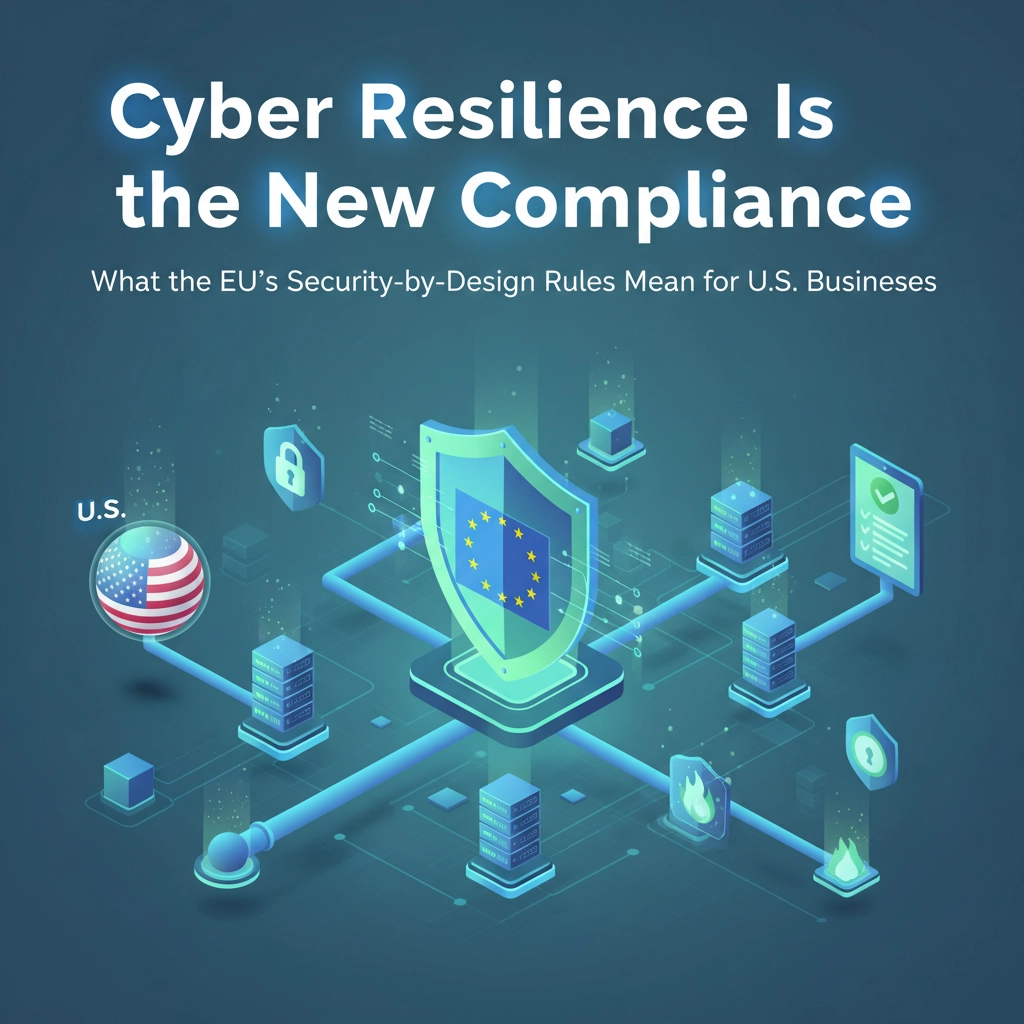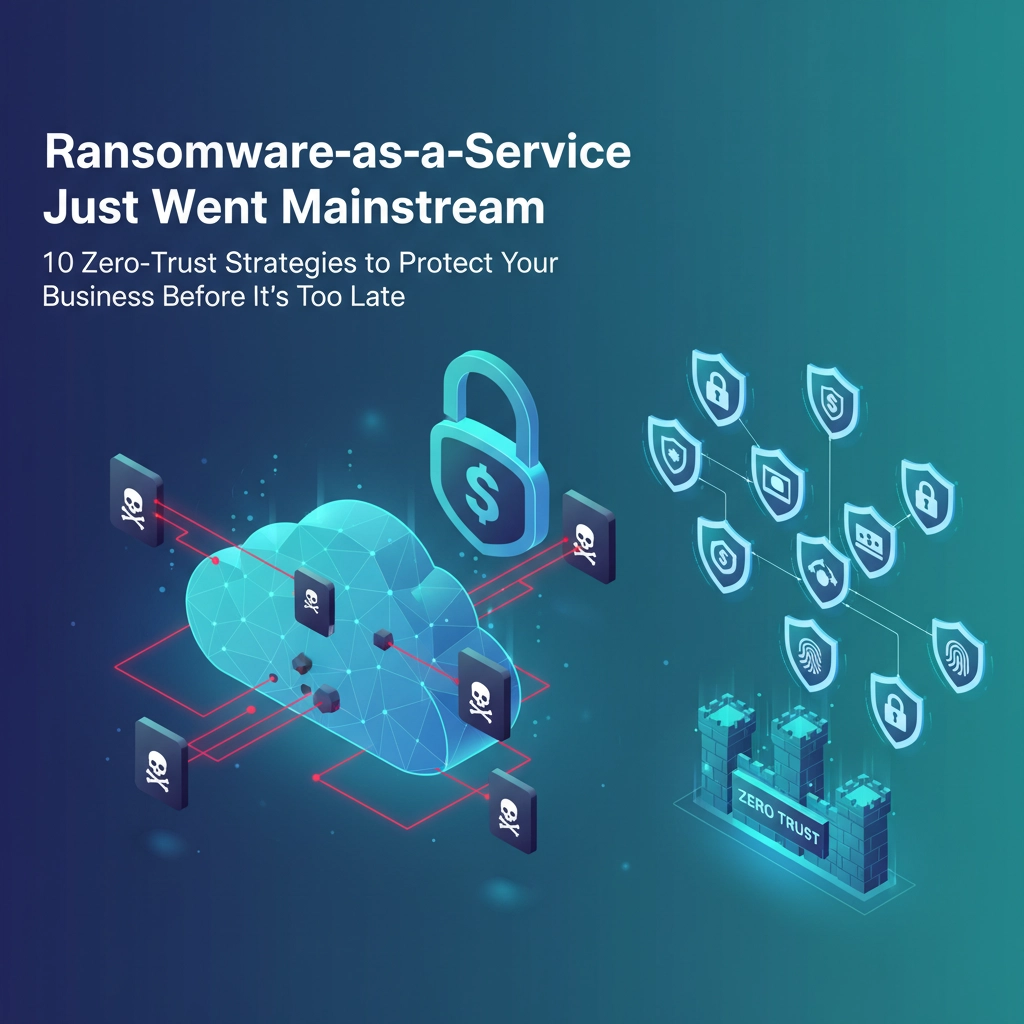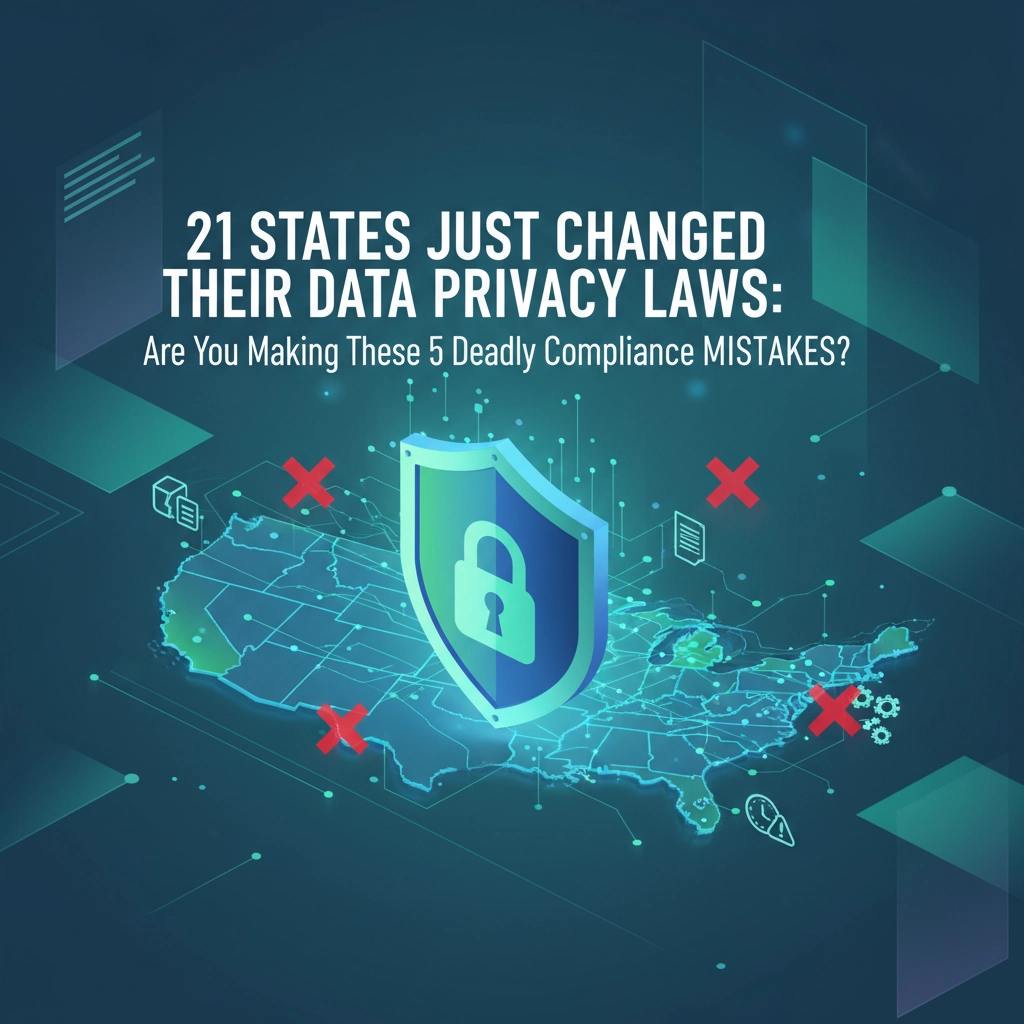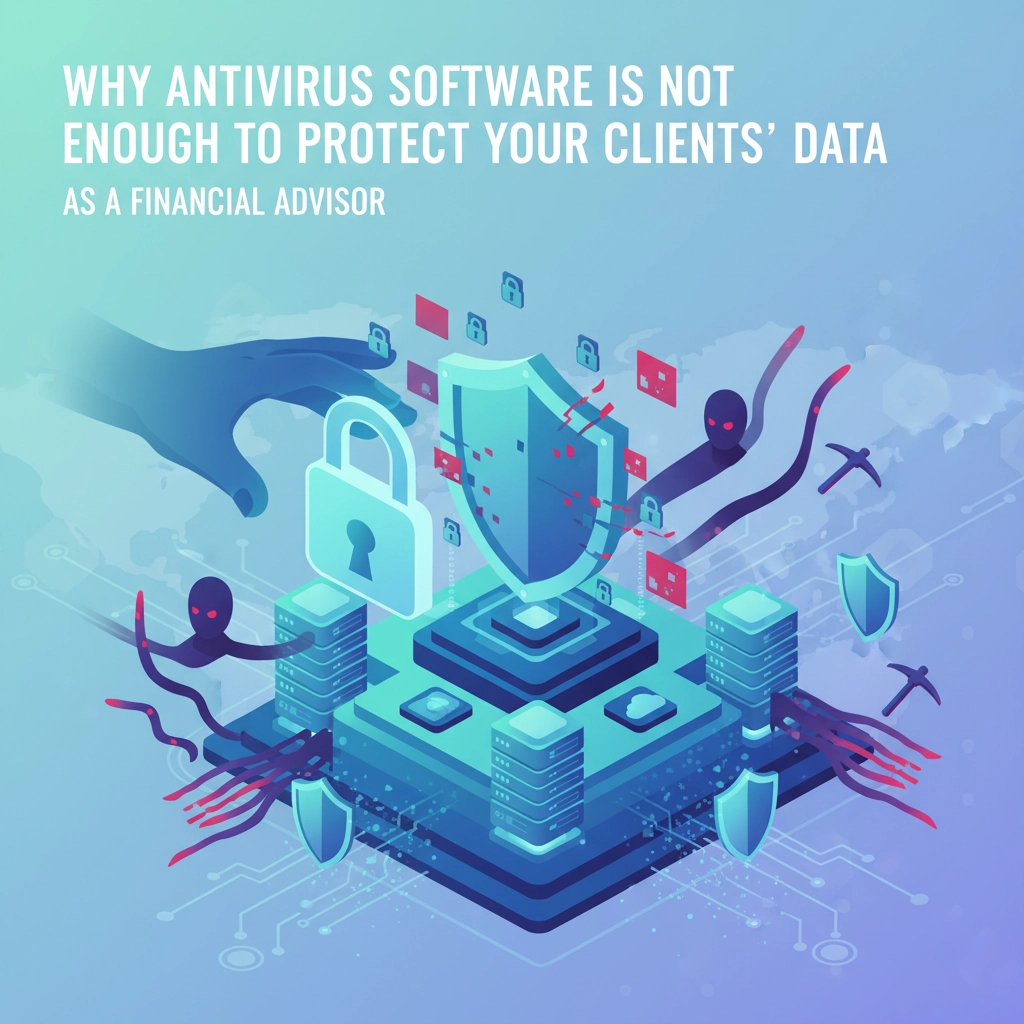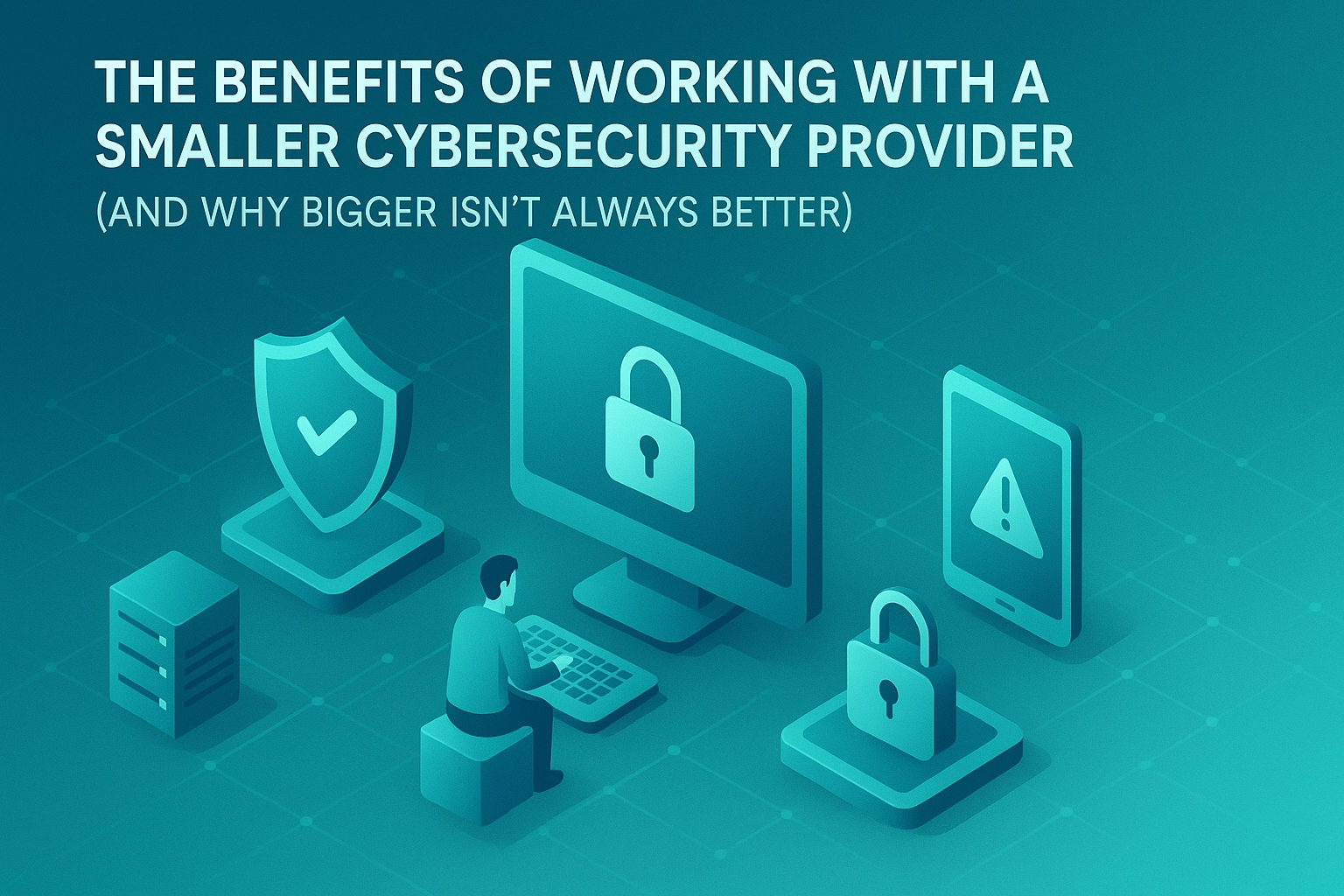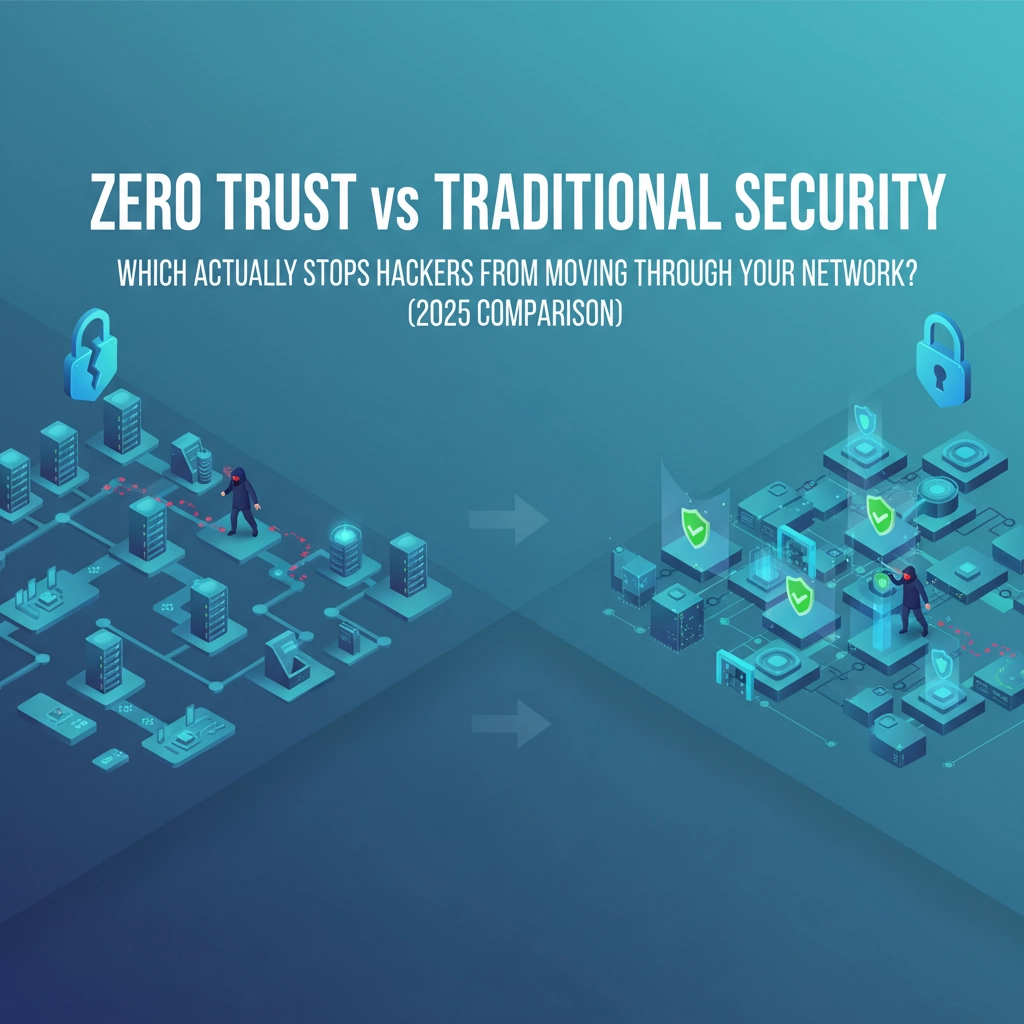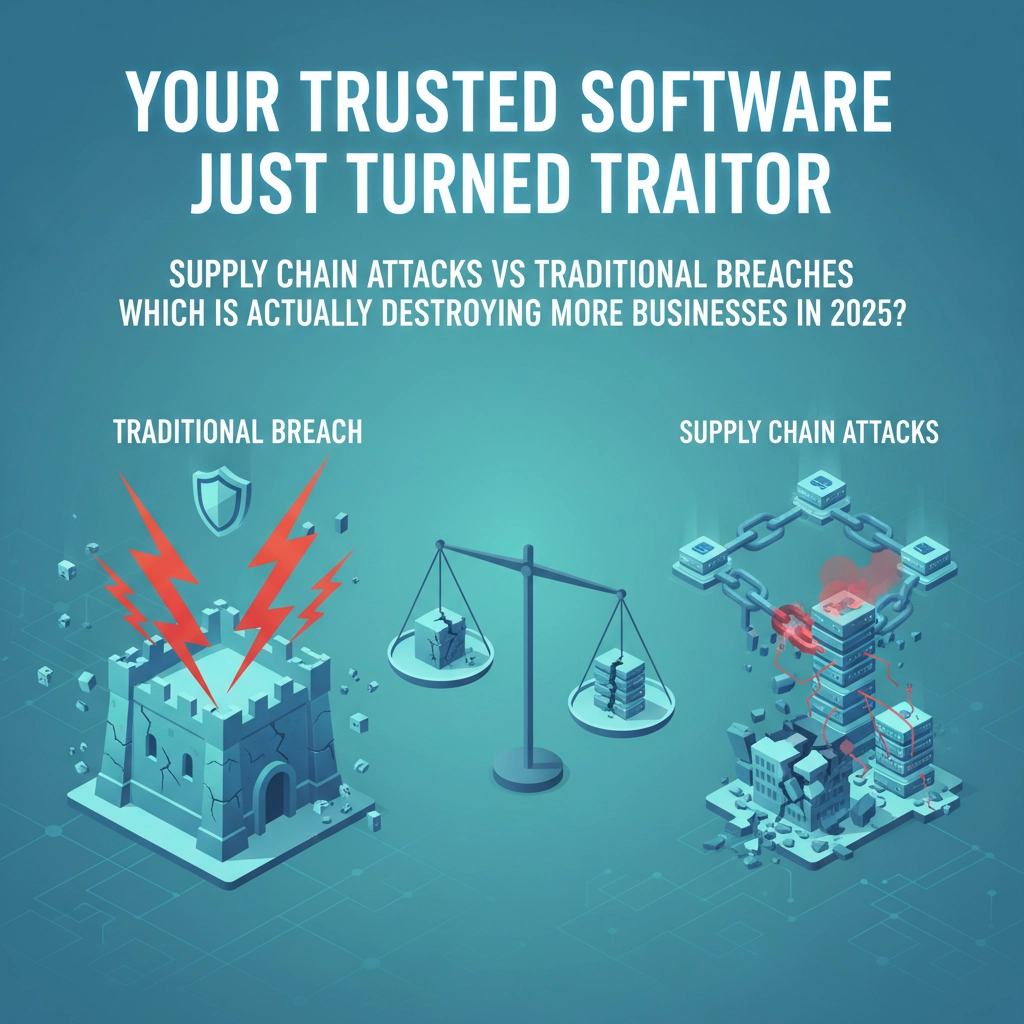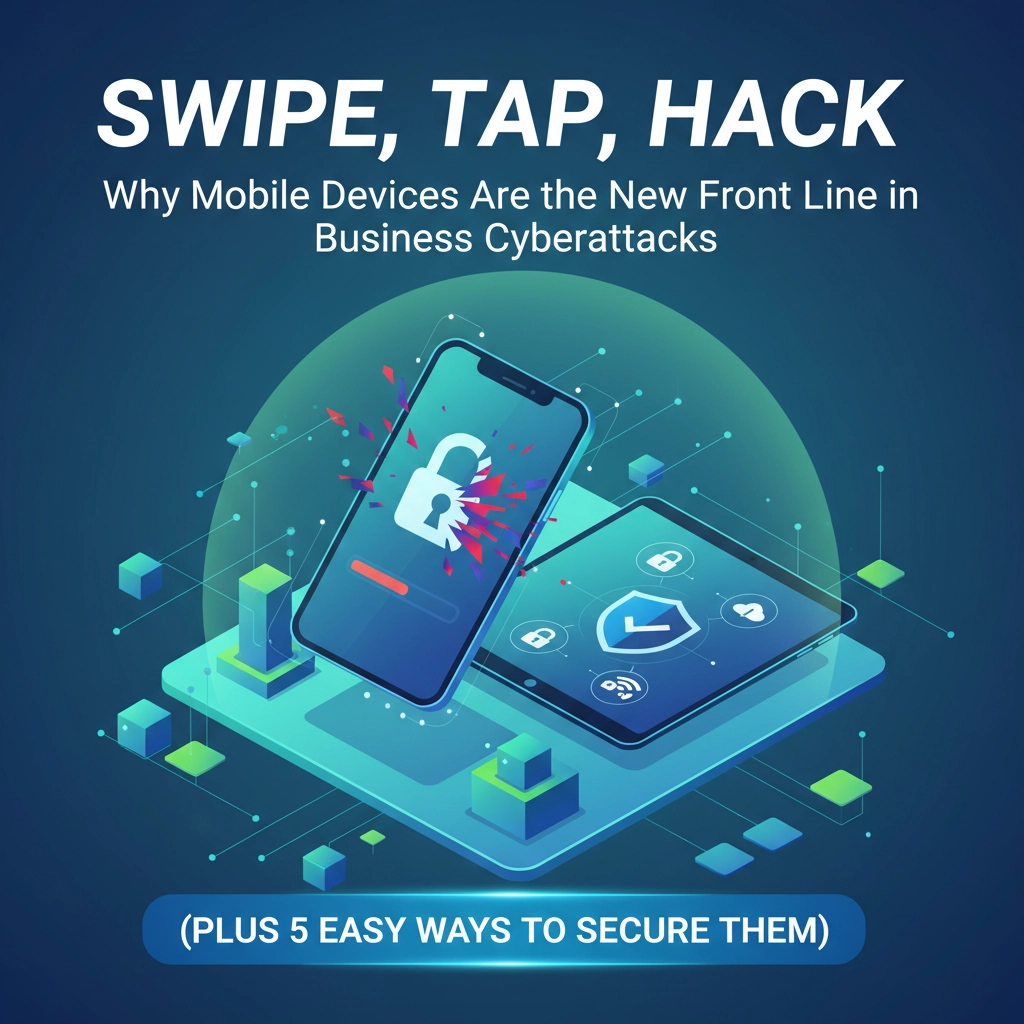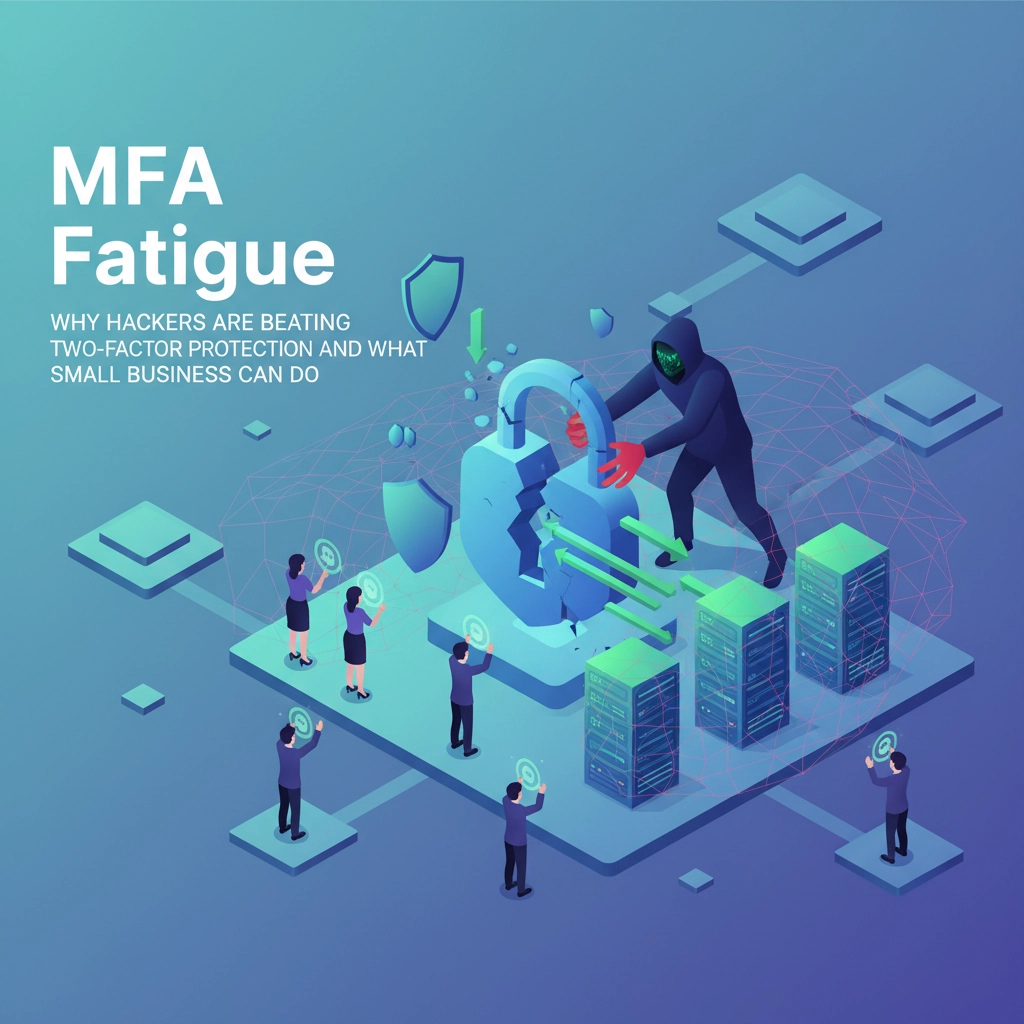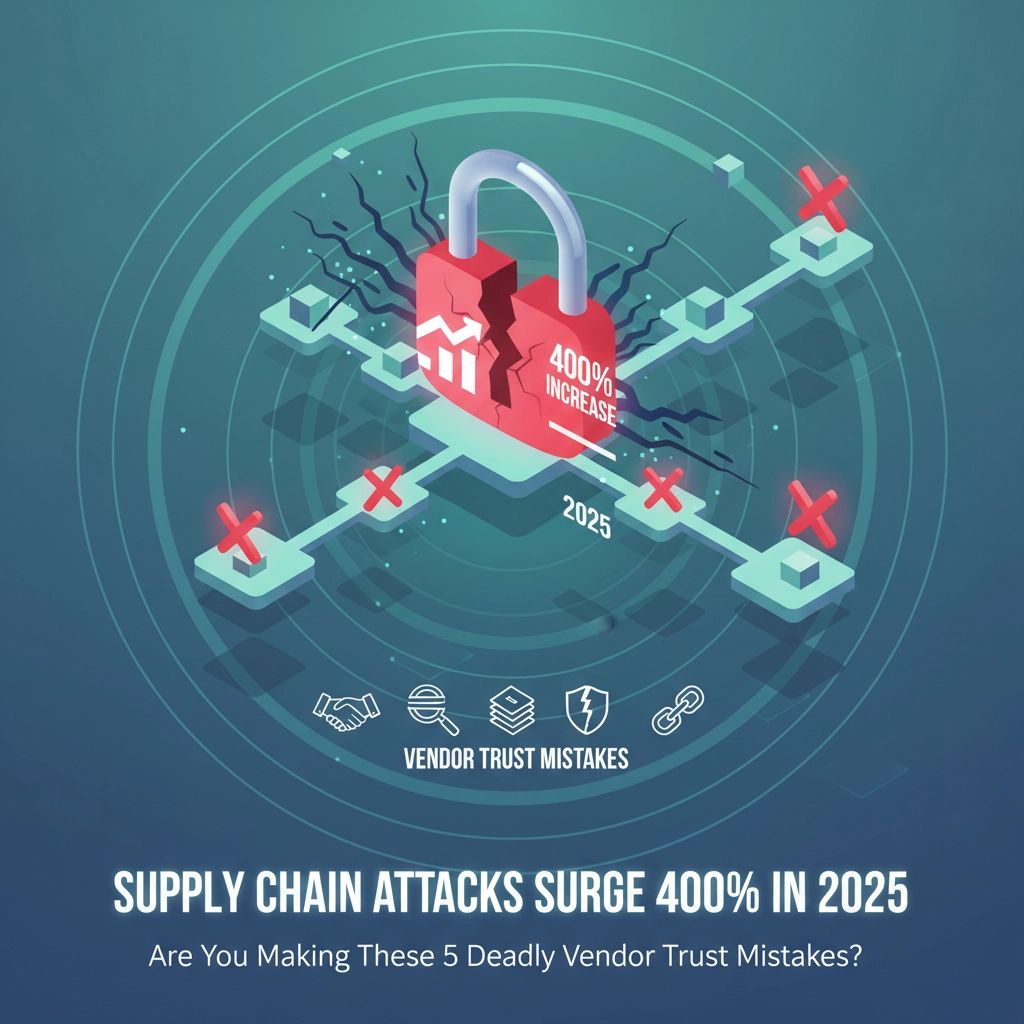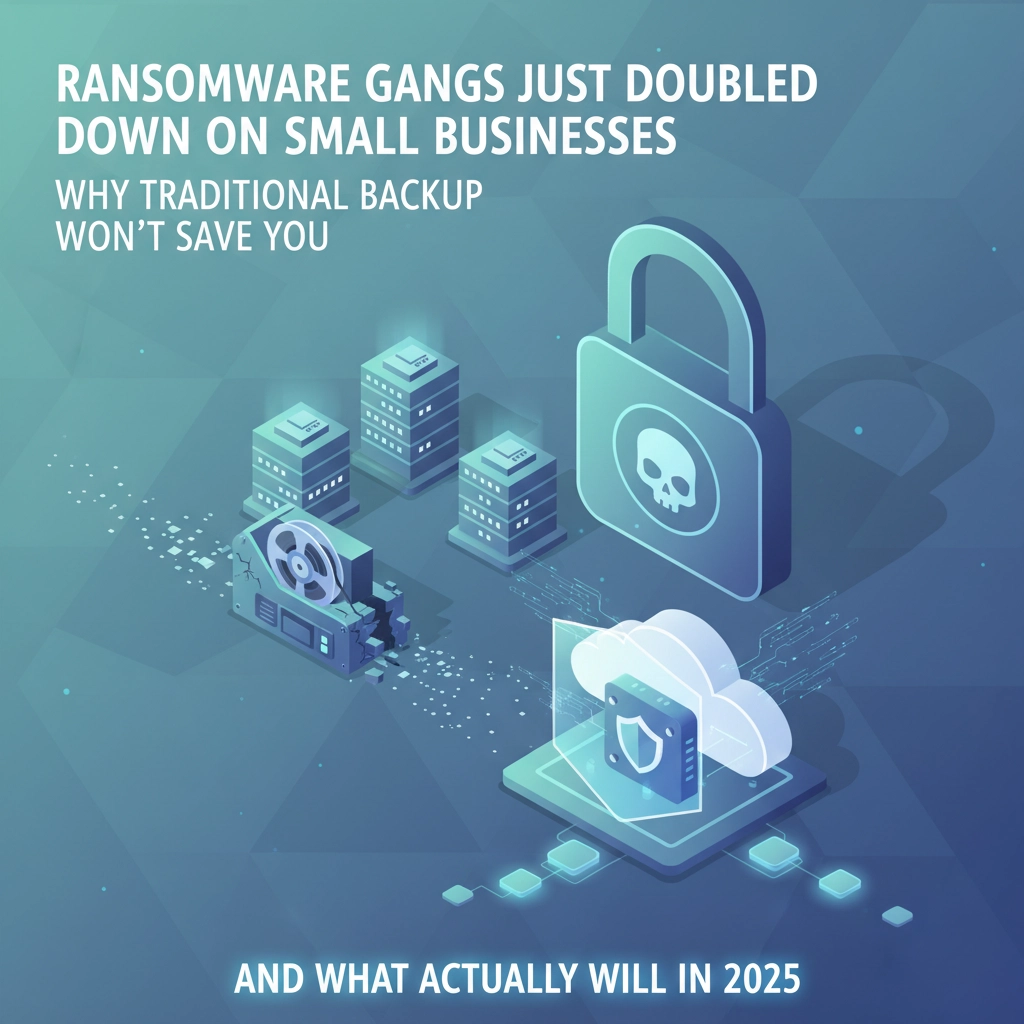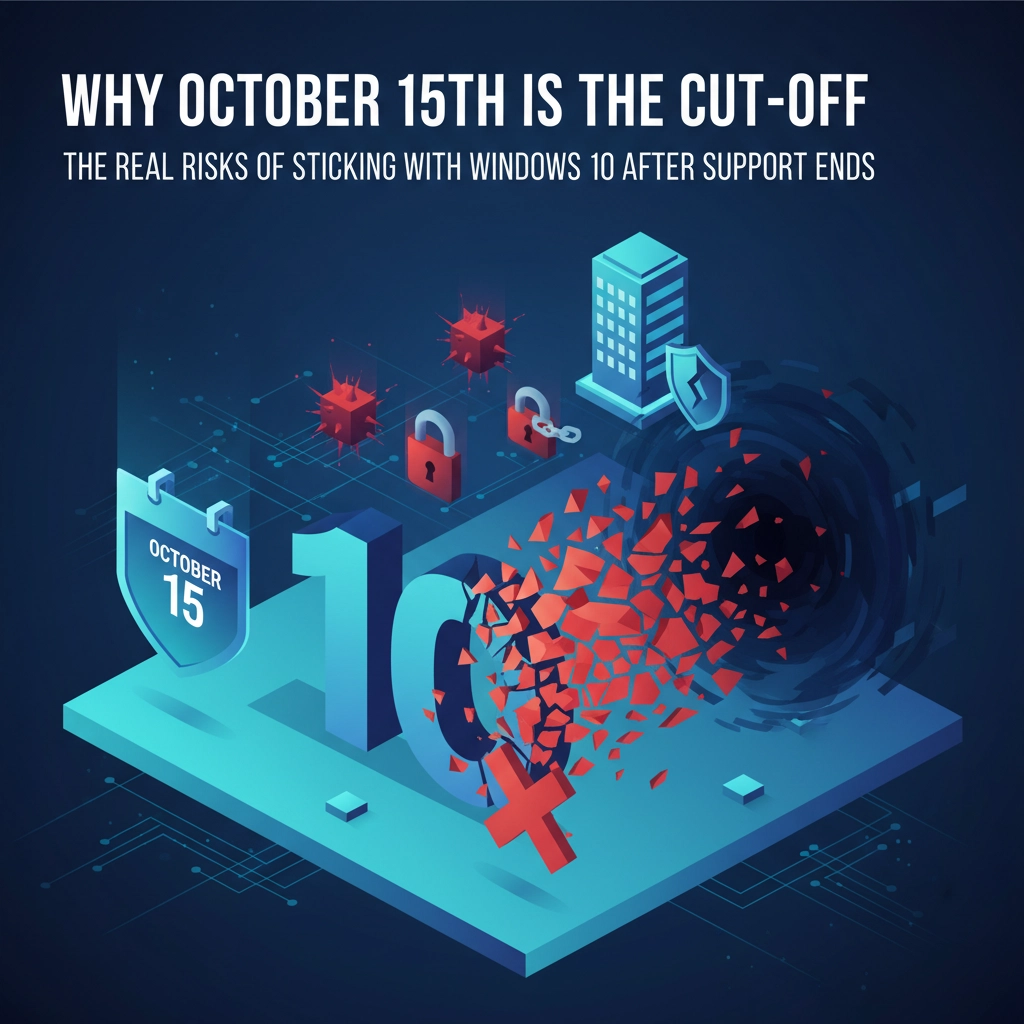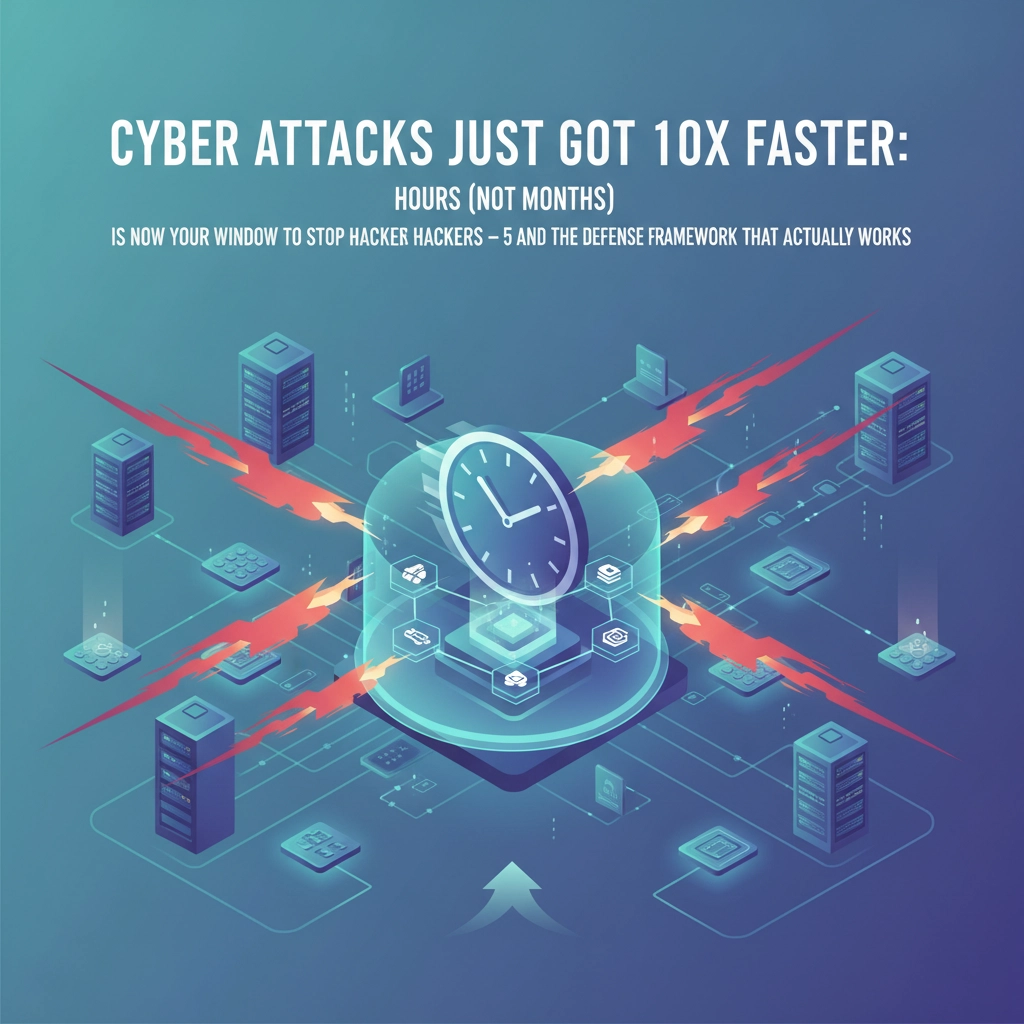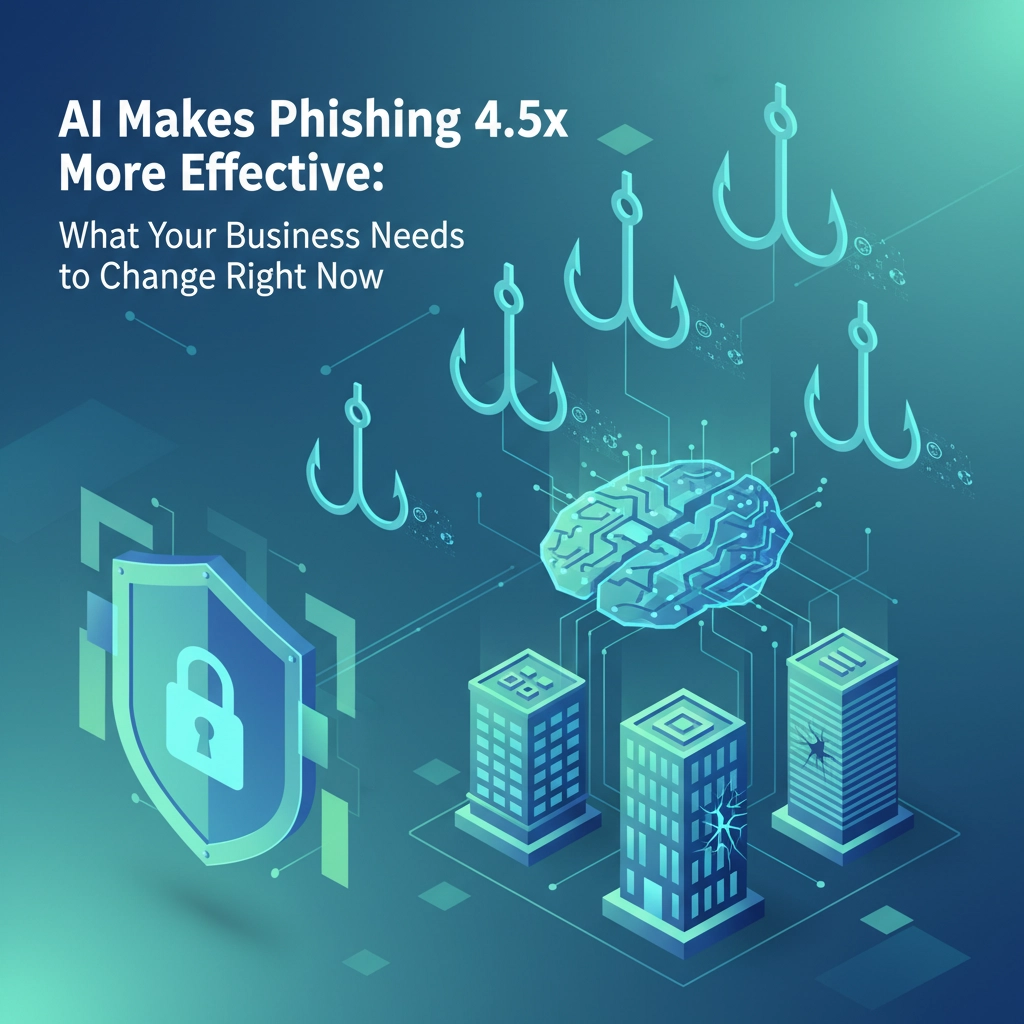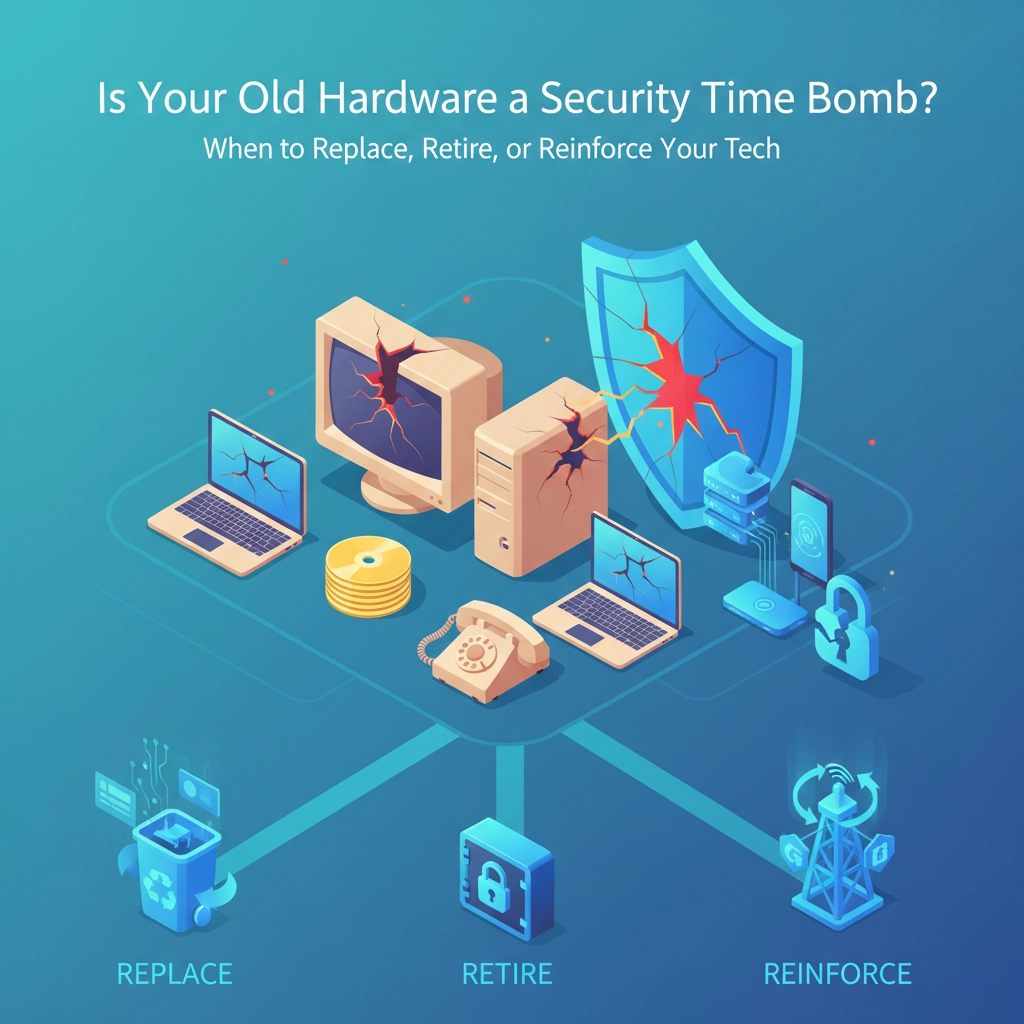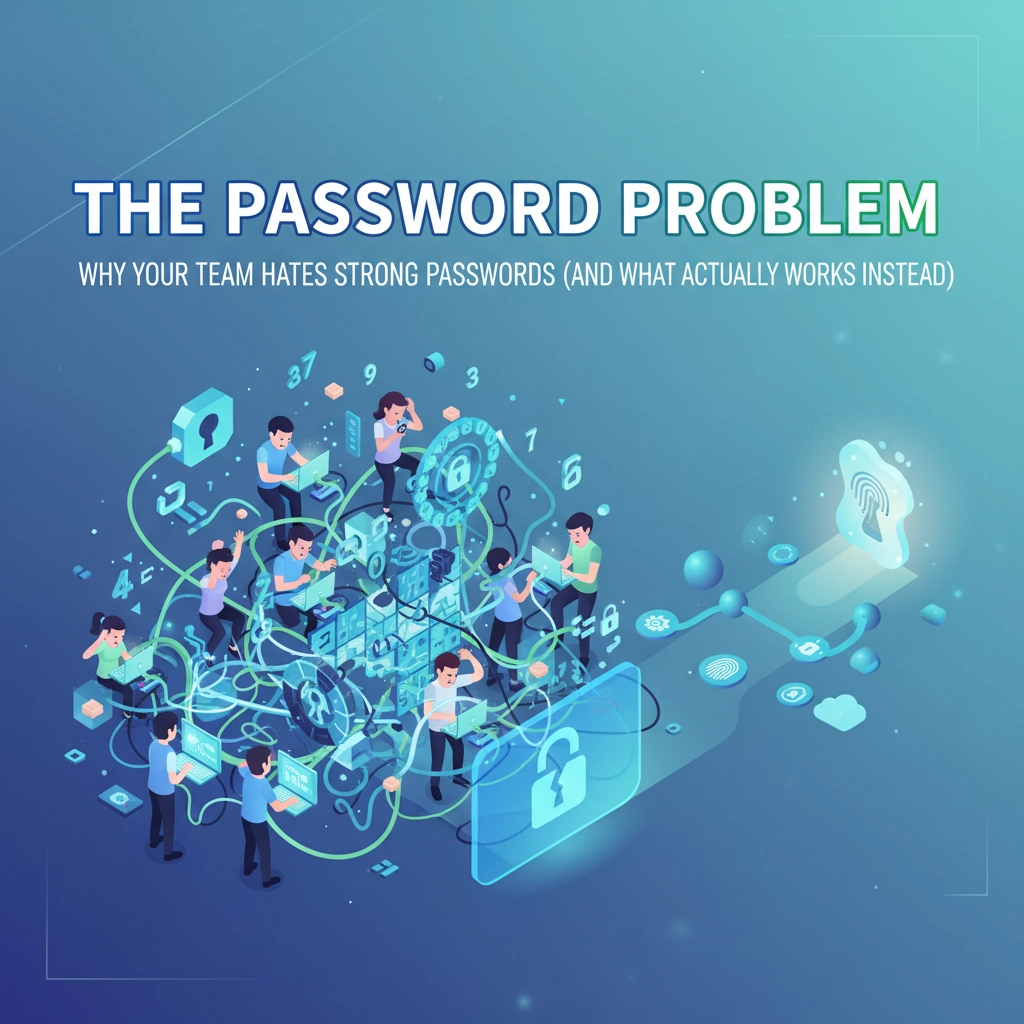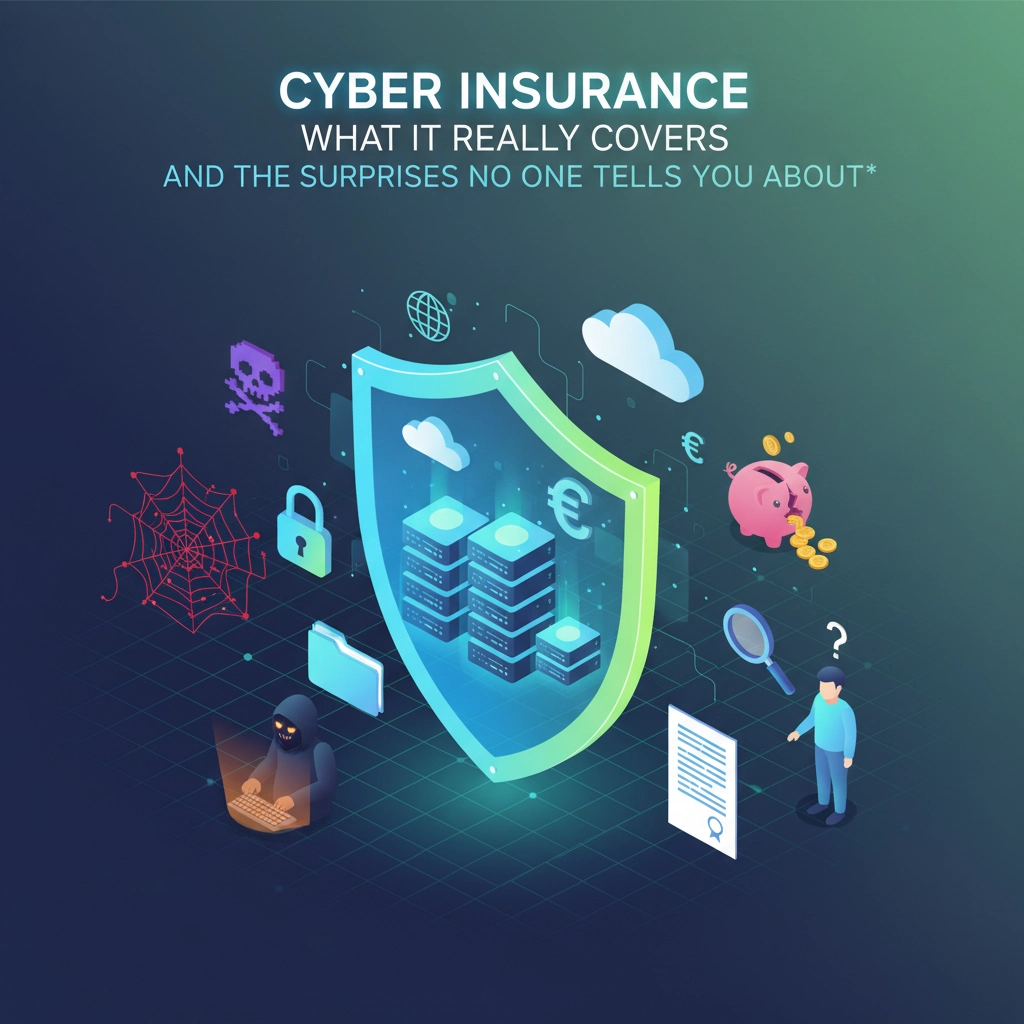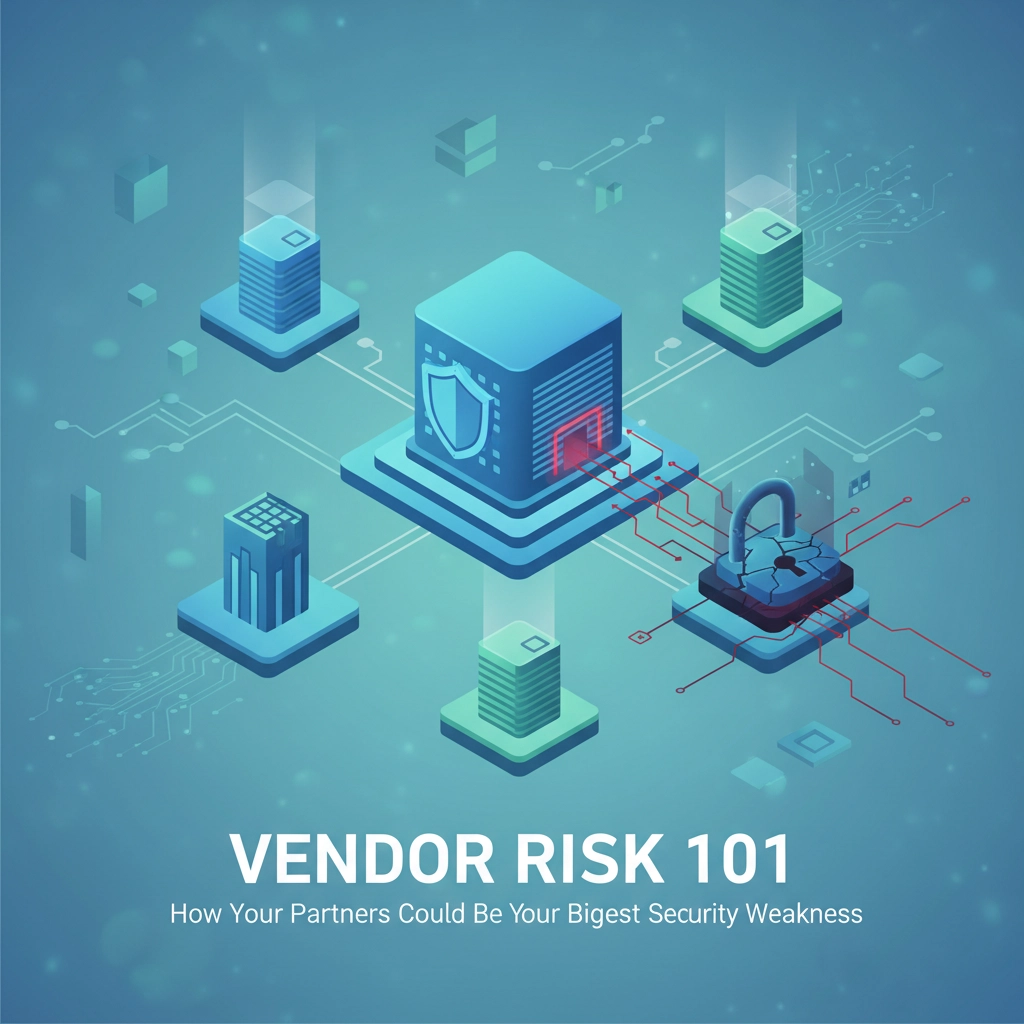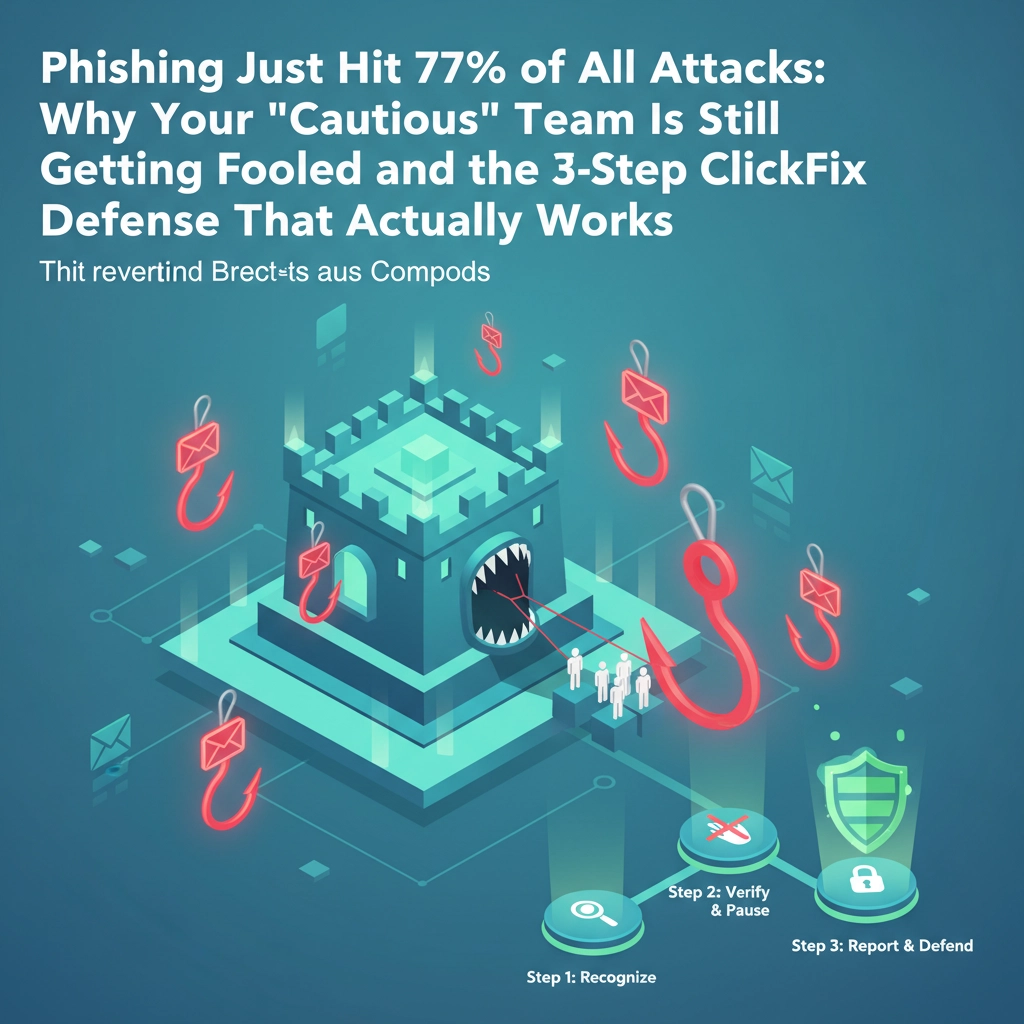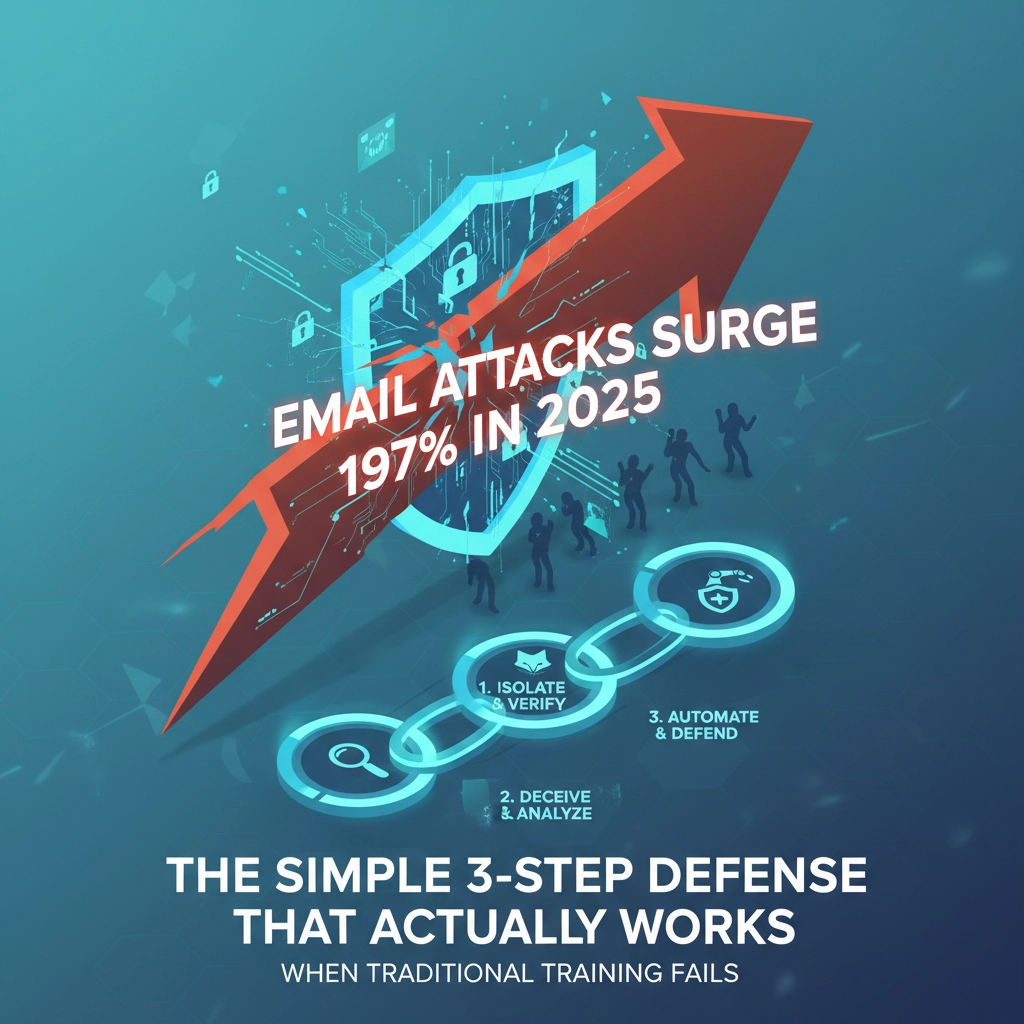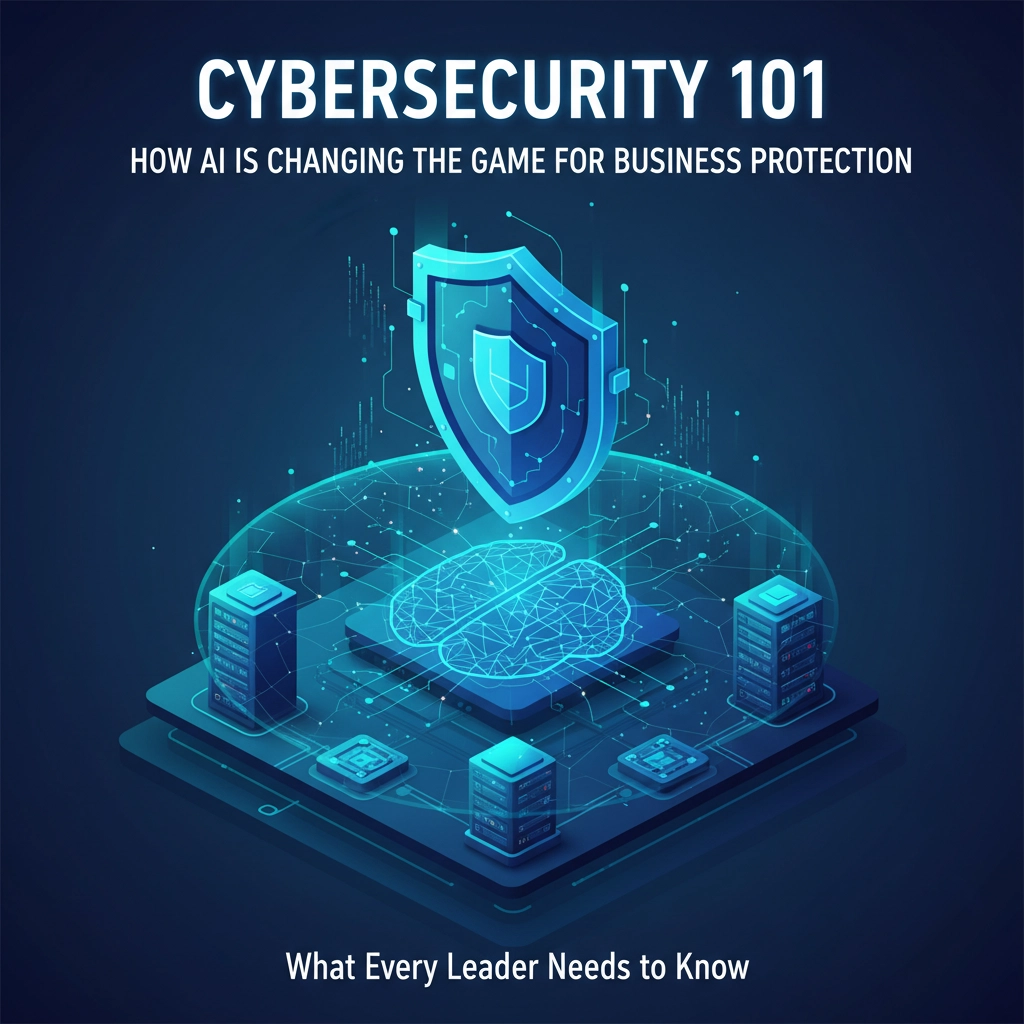Your business just got hacked. But here's the twist – attackers never touched your systems. Instead, they walked through the digital front door using credentials from a trusted vendor. Welcome to the new reality of supply chain cyberattacks.
Third-party security vulnerabilities have become the Achilles' heel of modern cybersecurity, with supply chain attacks skyrocketing 742% since 2019. The stats are sobering: the average organization experiences 4.16 breaches through its supply chain, yet only 47% of companies regularly monitor their vendors for cybersecurity risks.
That means more than half of businesses are essentially handing hackers a master key to their networks.
The 7 Deadly Third-Party Security Mistakes
1. Failing to Monitor Vendor Security Posture
The biggest mistake? Treating vendor security like a marriage – you say "I do" once and never revisit the relationship. With 53% of companies failing to regularly monitor their supply chain vendors, organizations create massive blind spots that attackers love to exploit.
Think about it: you wouldn't hire an employee and never check their performance again. Yet that's exactly what most businesses do with vendors who have access to their most sensitive data.
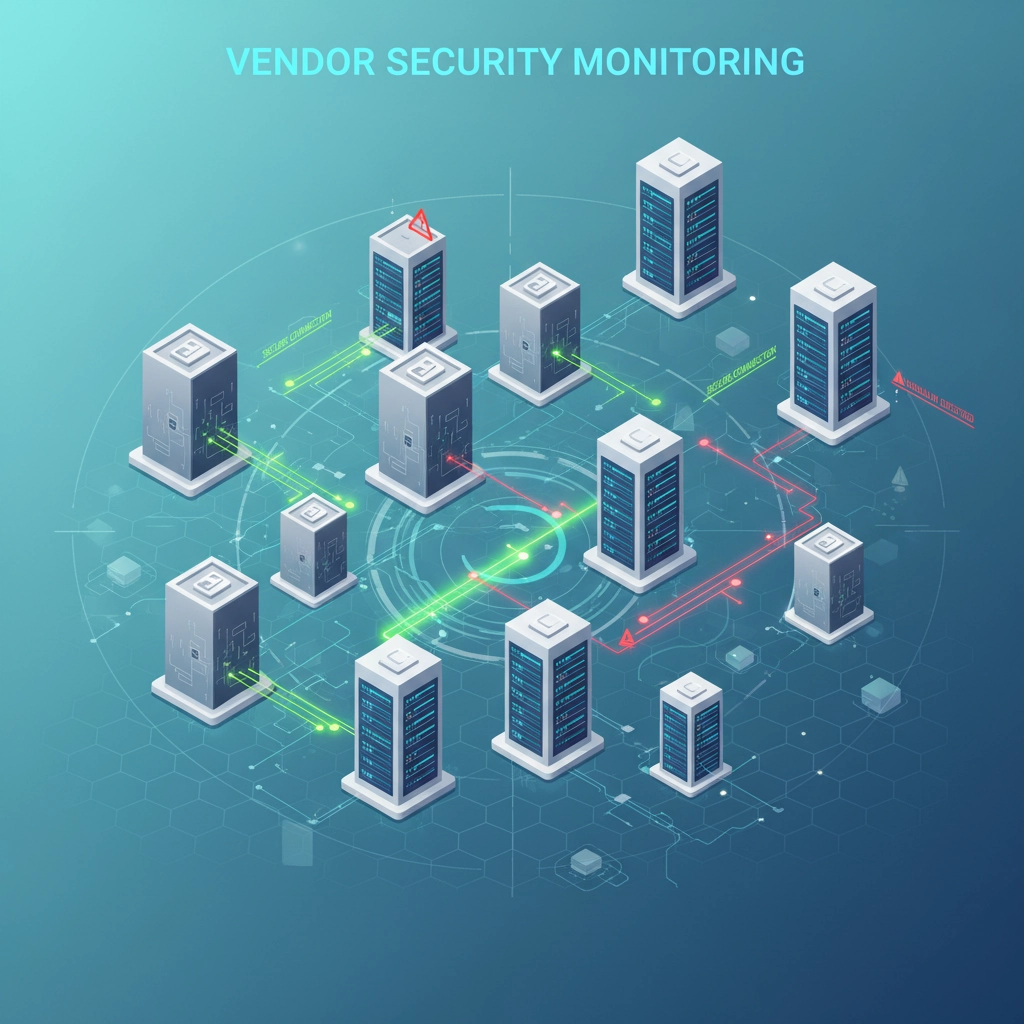
2. Accepting Weak Password Policies and Authentication
Weak passwords remain a primary attack vector, but many organizations don't enforce strict authentication requirements across their vendor networks. A single weak password in a vendor's system can compromise your entire organization.
The problem compounds when vendors use shared credentials across multiple clients. One compromised password suddenly becomes a skeleton key to dozens of businesses.
3. Ignoring Unpatched Software Vulnerabilities
Unpatched software is like leaving your car unlocked in a bad neighborhood – you're practically inviting trouble. When vendors fail to maintain current security patches, they create vulnerabilities that attackers can exploit to inject malicious code or gain unauthorized access.
The scariest part? These vulnerabilities can remain undetected for months or even years while attackers patiently collect information before launching their attacks.
4. Lacking Supply Chain Visibility
Modern businesses rely on dozens, sometimes hundreds, of external service providers. Each vendor might have their own subcontractors, creating a complex web of third, fourth, and fifth-party relationships.
Without comprehensive visibility into this network, you're flying blind. You might know your top 10 vendors, but do you know their vendors? Or their vendors' vendors?

5. Maintaining Outdated Security Protocols
Legacy security measures across vendor networks create systematic weaknesses that attackers can exploit like finding an unlocked window in a fortress. When third-party partners maintain outdated protocols, they become the weakest link in an otherwise secure chain.
This is especially dangerous because attackers often target the vendor with the oldest, most vulnerable systems to gain access to all their clients.
6. Over-Trusting Vendor Communications
Organizations often fail to properly validate communications from trusted vendors. Attackers who gain access to vendor systems can send malicious emails that appear legitimate because they're coming from known, reputable sources.
These attacks bypass traditional phishing defenses because the relationship is trusted. Your team receives an "urgent security update" from a familiar vendor and clicks without question.
7. Inadequate Incident Response Planning for Third-Party Breaches
The final deadly mistake is failing to prepare for the inevitable third-party breach. Many organizations focus solely on protecting their own systems while neglecting to plan for scenarios where customer data is compromised through a vendor breach.
When the breach happens (not if, but when), unprepared companies scramble to understand what data was exposed, which customers were affected, and what legal obligations they face.
Real Supply Chain Breach Stories That Should Terrify You
These aren't theoretical risks. Here are real attacks that devastated businesses by exploiting third-party vulnerabilities:
SolarWinds: The Government-Scale Disaster
Attackers injected a backdoor into SolarWinds software updates – a networking tool used by Fortune 500 companies and government agencies. The backdoor allowed remote access to thousands of corporate and government servers, leading to multiple data breaches that took months to fully understand.
The attack was so sophisticated that it went undetected for nearly a year, giving hackers unprecedented access to sensitive government and corporate data.

Kaseya: The $70 Million Ransomware Nightmare
Cybercriminals compromised this MSP software solution, infecting it with REvil ransomware deployed through a "routine" software update. The ransomware spread like wildfire to thousands of customer environments.
The attackers ultimately extorted $70 million from MSPs and their customers. Small businesses that trusted their MSP partner suddenly found themselves locked out of their own systems.
Codecov: The Silent Data Thief
An attacker infected the Codecov testing tool with malicious code that silently eavesdropped on customer servers. For months, the compromised script stole customer credentials, tokens, and source code without anyone noticing.
The breach affected major companies including Shopify, Monday.com, and Rapid7, proving that even security-conscious organizations can fall victim to supply chain attacks.
Apple and Microsoft: The Dependency Hack
Security researcher Alex Birsan demonstrated how attackers could exploit dependency vulnerabilities by creating fake versions of software packages used by Microsoft, Uber, Apple, and Tesla. His proof-of-concept showed how easily malicious code could be delivered to end-users through trusted software dependencies.
Mimecast: The Certificate Compromise
Hackers stole the security certificate that authenticated Mimecast services on Microsoft 365, affecting approximately 10% of Mimecast customers. Organizations using applications that depended on these stolen certificates were suddenly vulnerable to man-in-the-middle attacks.

The Hidden Costs That Will Shock You
Supply chain breaches carry costs that extend far beyond immediate financial losses:
Regulatory Fines: Organizations in healthcare, finance, or retail face hefty penalties for failing to meet GDPR, CCPA, or HIPAA requirements when vendor breaches expose customer data.
Legal Liability: Companies can be held responsible for third-party breaches, especially if they failed to perform adequate due diligence on vendor security practices.
Reputation Damage: Customers don't distinguish between breaches caused by your systems versus your vendors. To them, their data was in your care, and you failed to protect it.
Extended Recovery Time: Third-party breaches often take longer to resolve because you're dependent on another organization to fix the problem and provide accurate information about what was compromised.
Your Action Plan: Protecting Against These Deadly Mistakes
Don't wait for a breach to take action. Here's your roadmap to third-party security:
Start with a vendor inventory. You can't protect what you don't know about. Create a comprehensive list of all third-party services that have access to your data, systems, or network.
Implement continuous monitoring. Security questionnaires are a start, but they're static. Use automated tools to continuously monitor your vendors' security posture and get alerts when their risk profile changes.
Require multi-factor authentication. Make MFA mandatory for any vendor accessing your systems. No exceptions, no matter how trusted the relationship.
Create incident response procedures specifically for third-party breaches. Know who to contact, what questions to ask, and what steps to take when a vendor calls to report a security incident.

Don't Let Your Vendors Become Your Weakest Link
The uncomfortable truth about modern cybersecurity is that your biggest threat might not even be inside your own walls. In our interconnected digital ecosystem, your security is only as strong as your weakest vendor link.
Every day you delay implementing proper third-party risk management is another day you're rolling the dice with your business's survival. The next major breach could be just one compromised vendor away.
Ready to secure your supply chain before it's too late? At B&R Computers, we help businesses of all sizes implement comprehensive third-party risk management strategies that actually work. Don't wait for a breach to discover your vendor vulnerabilities – contact us today to schedule your third-party security assessment.
Your business's future depends on the security decisions you make today. Make sure they're the right ones.





